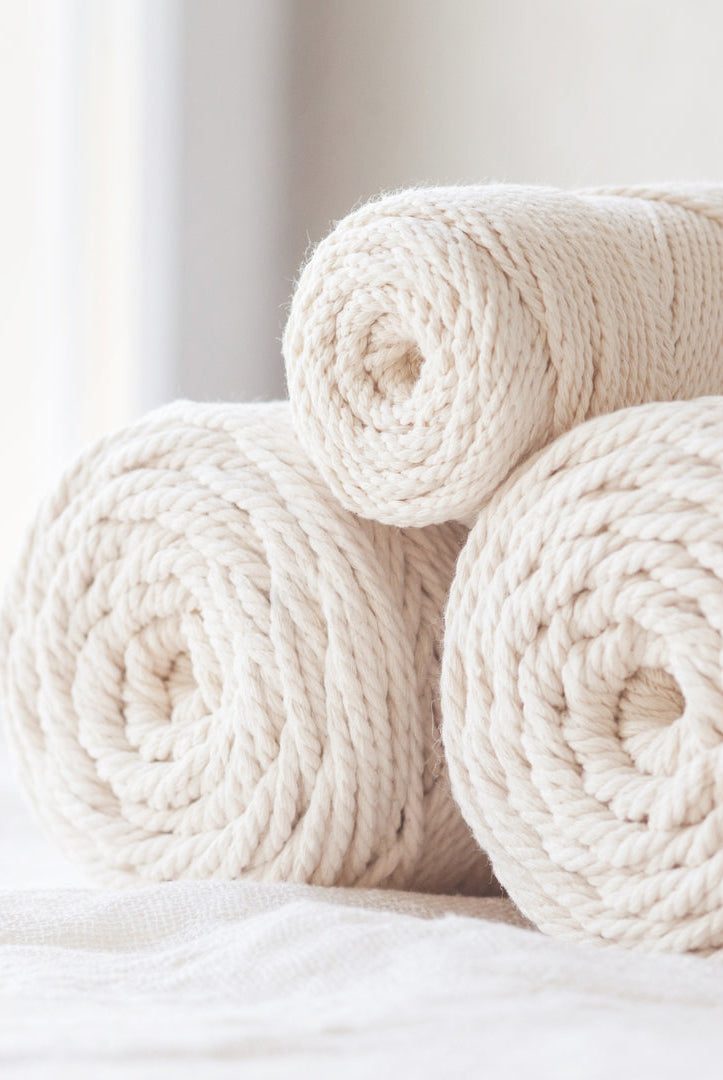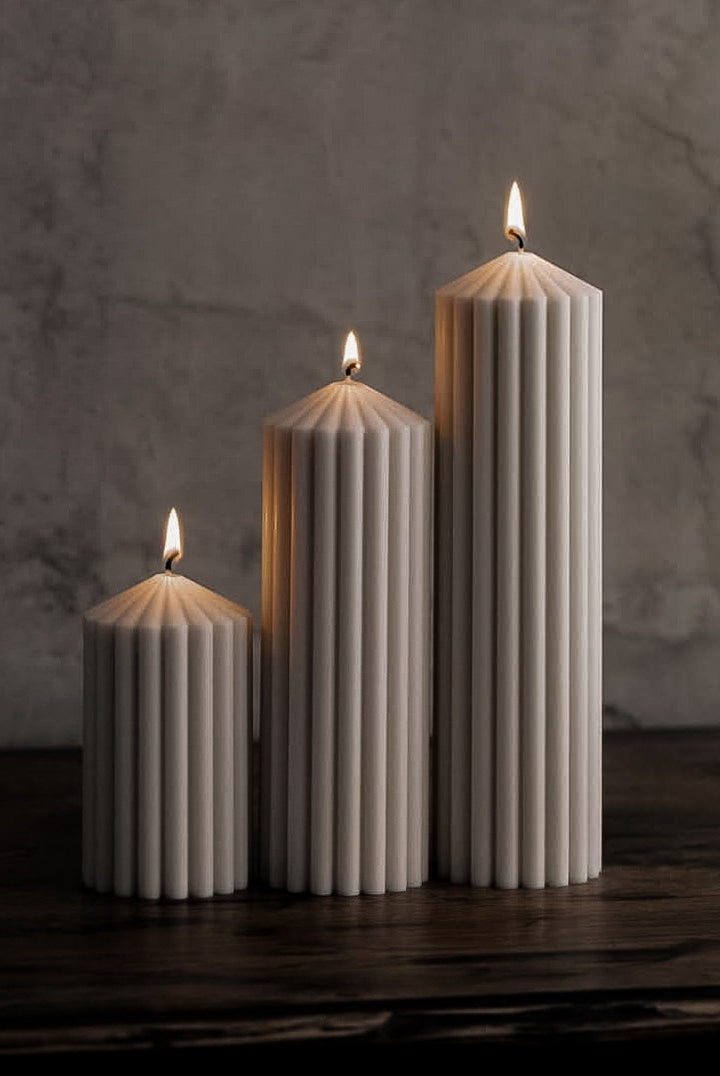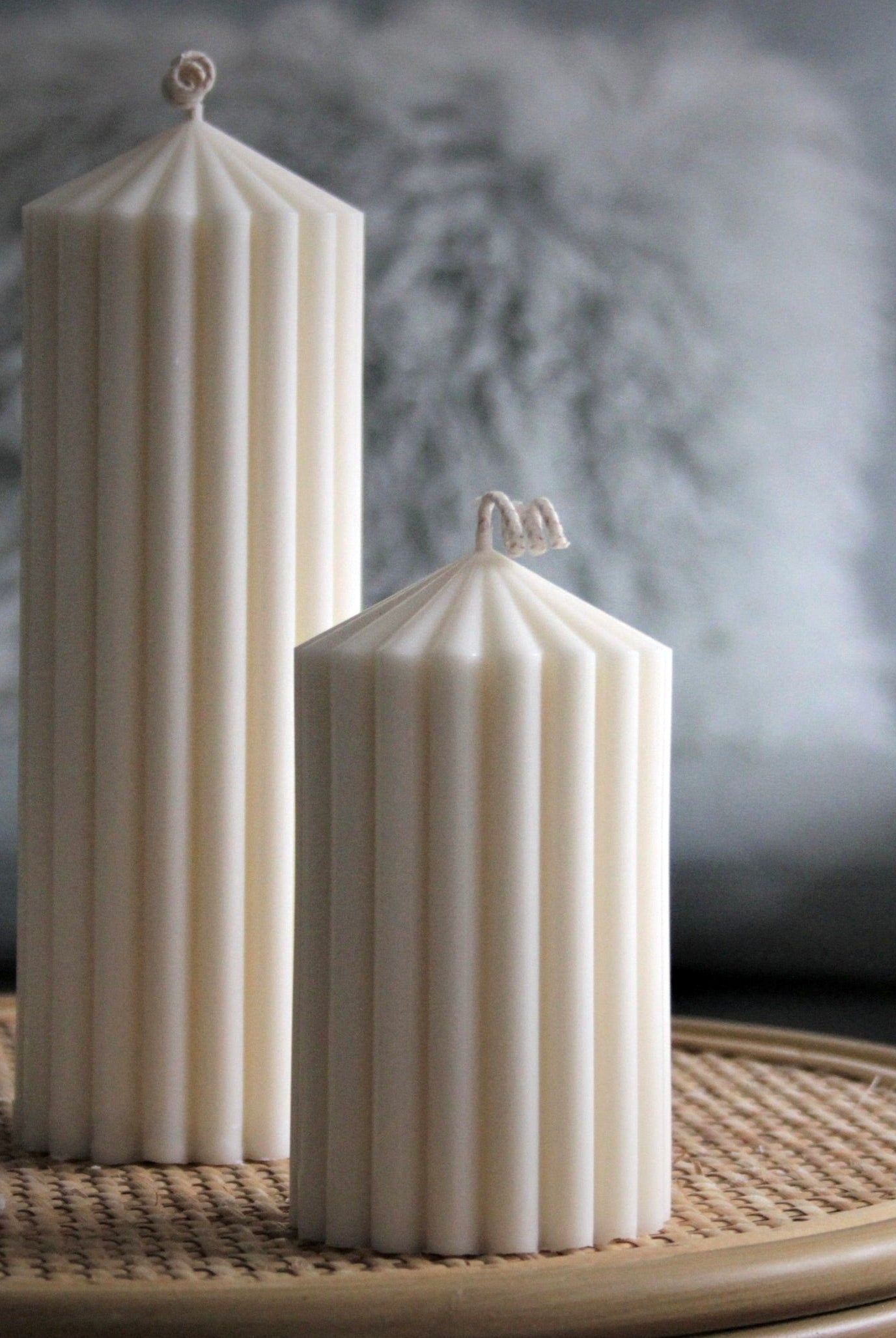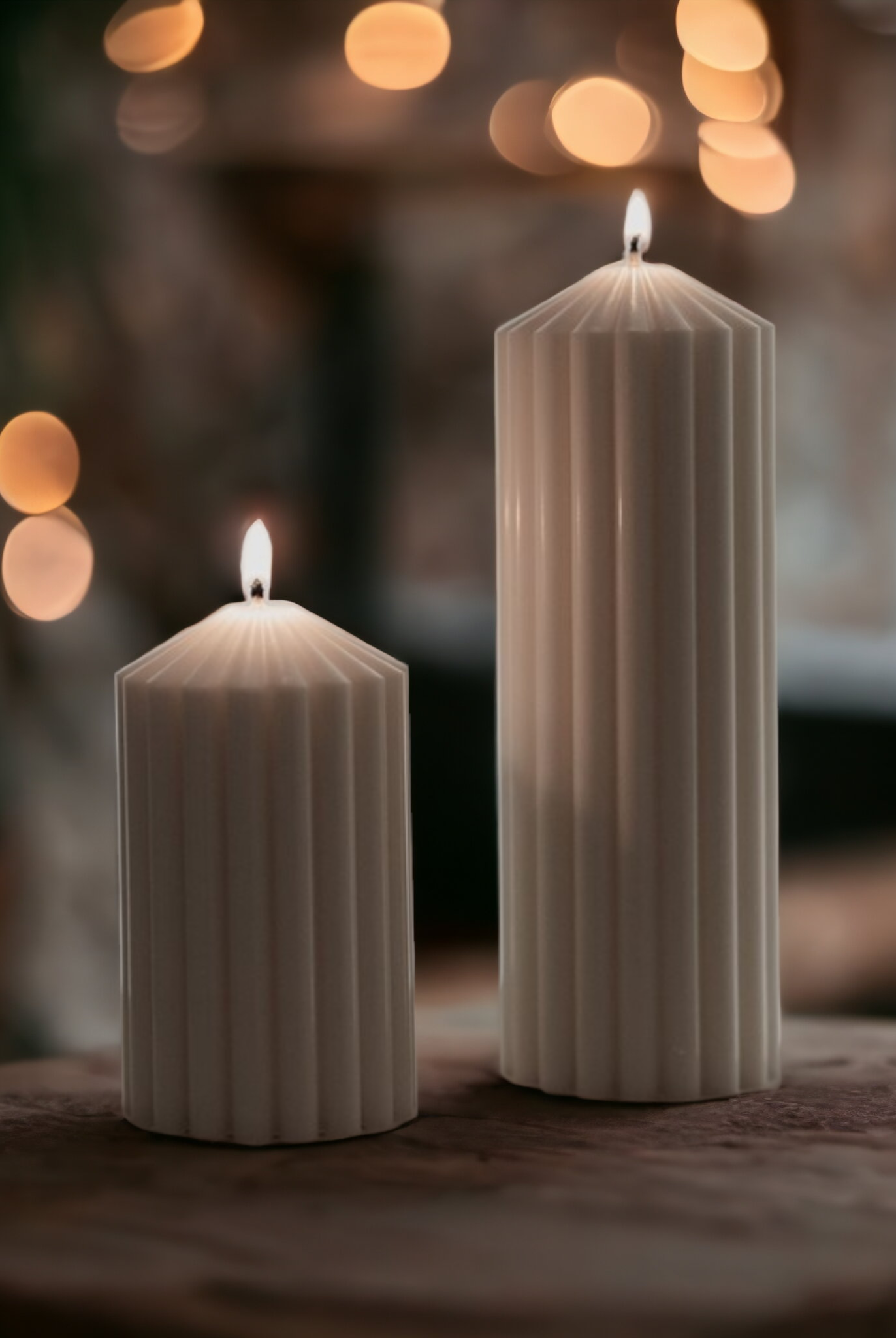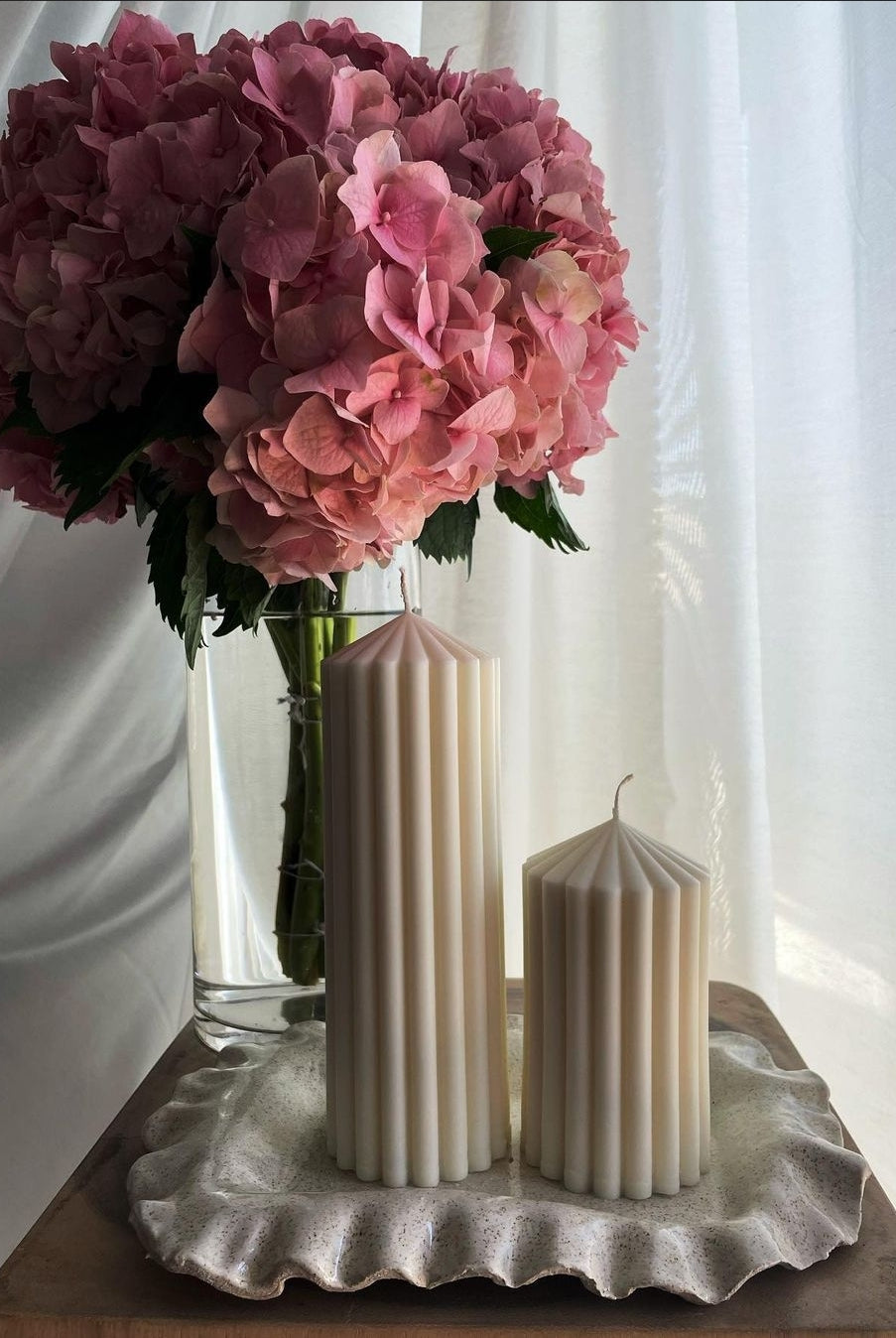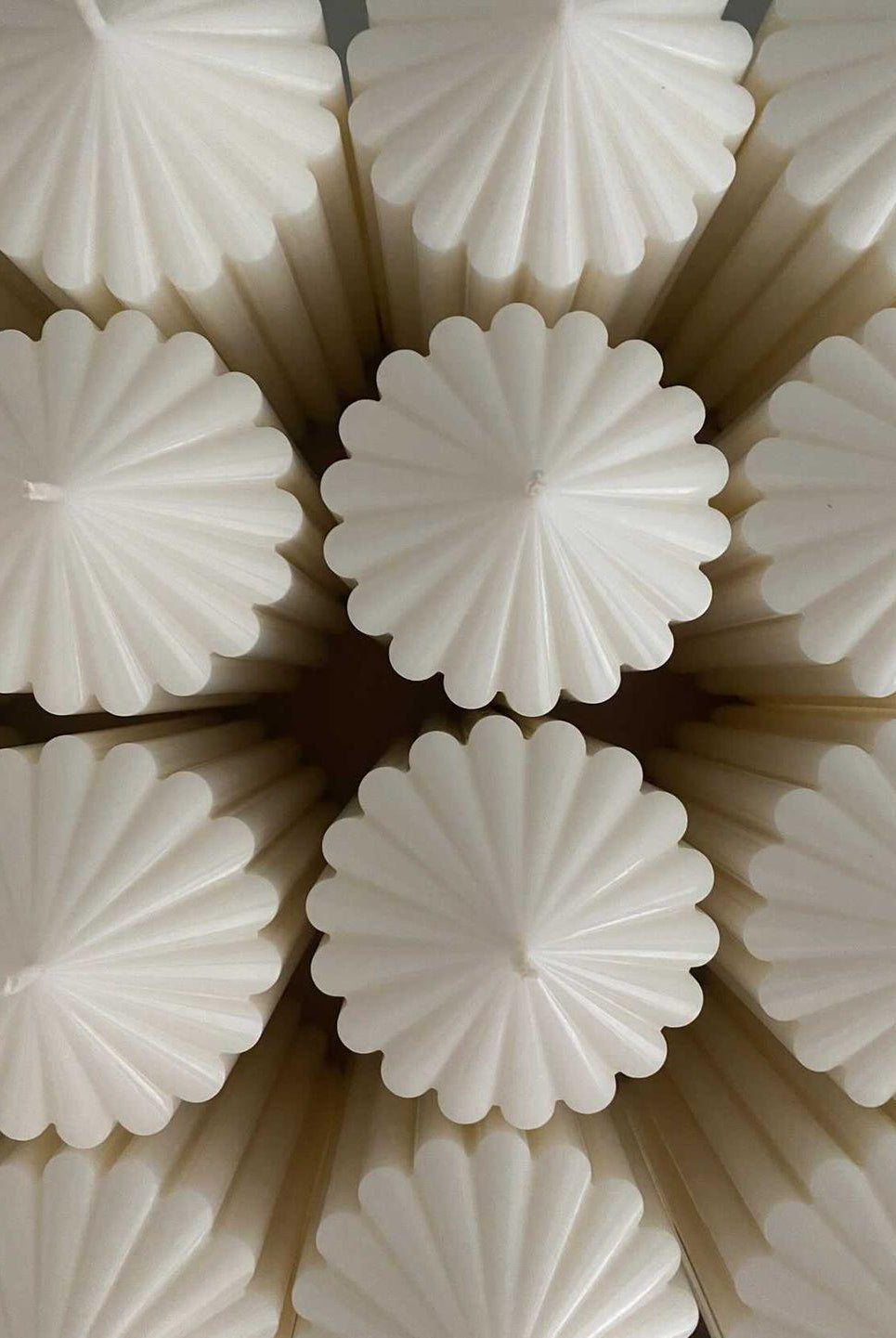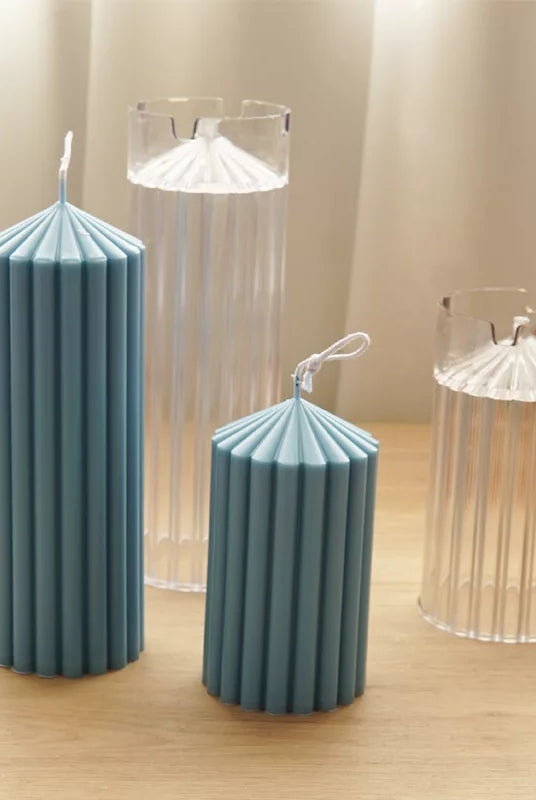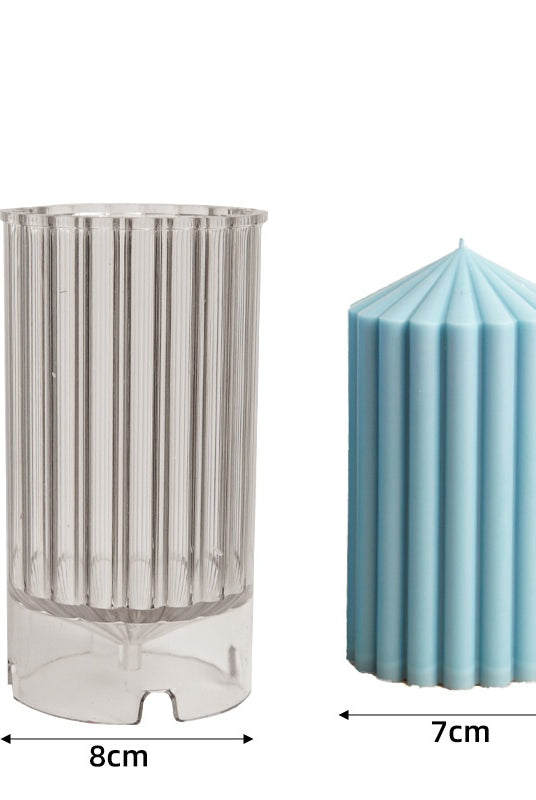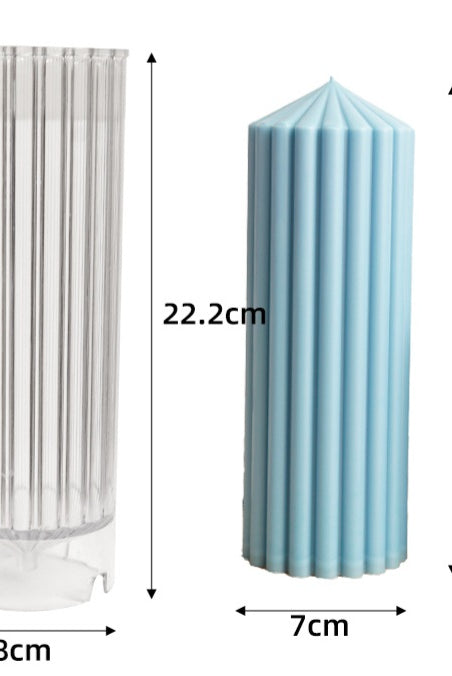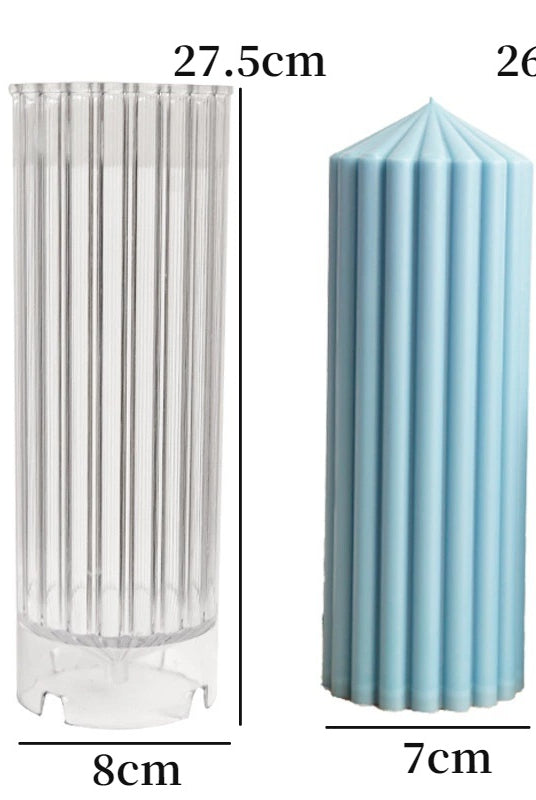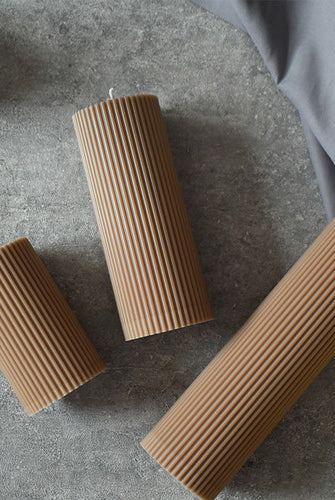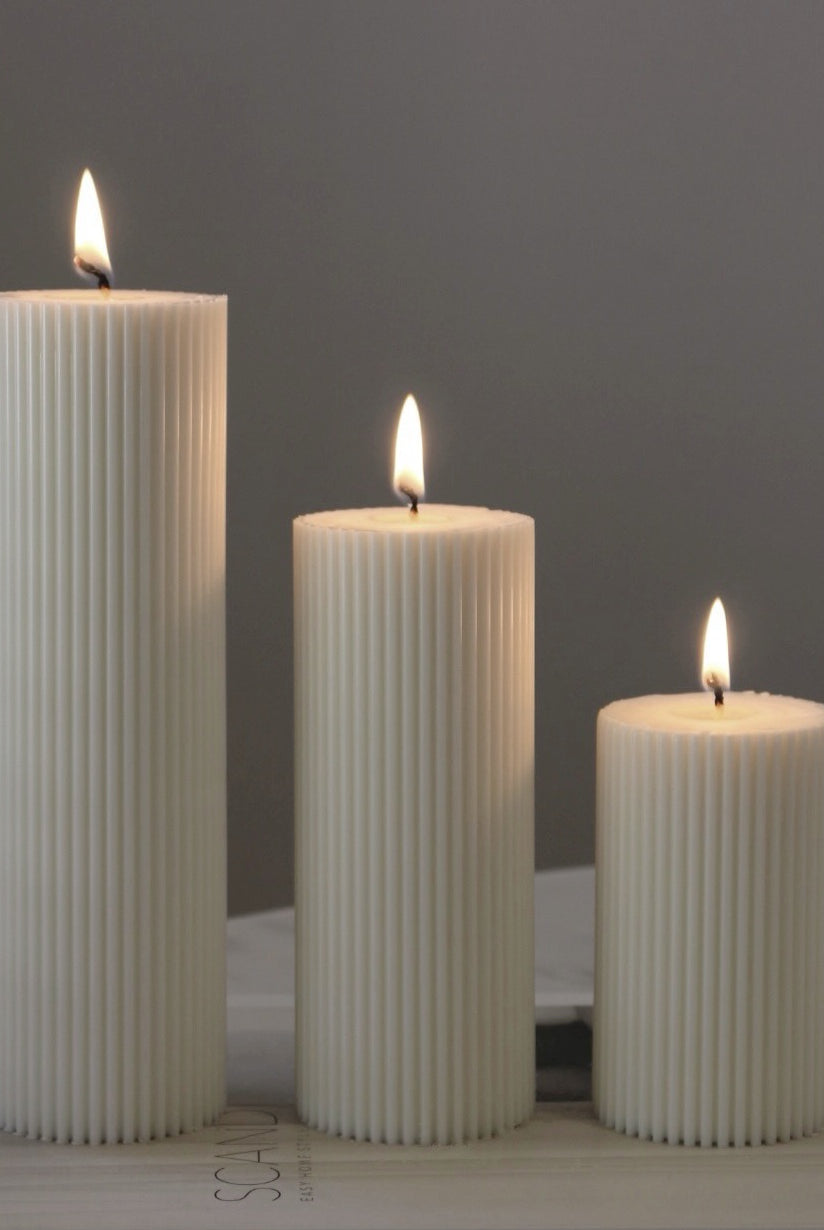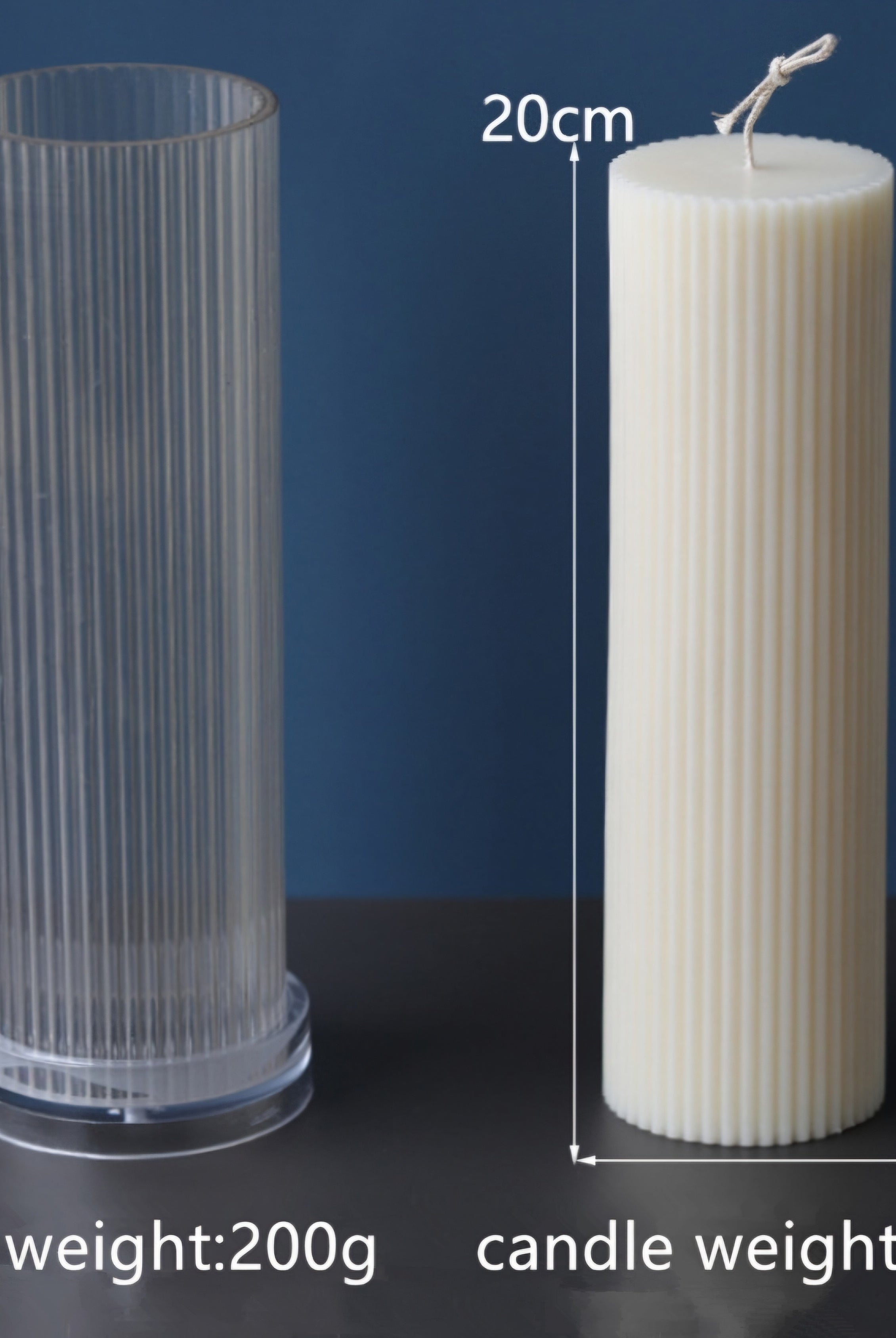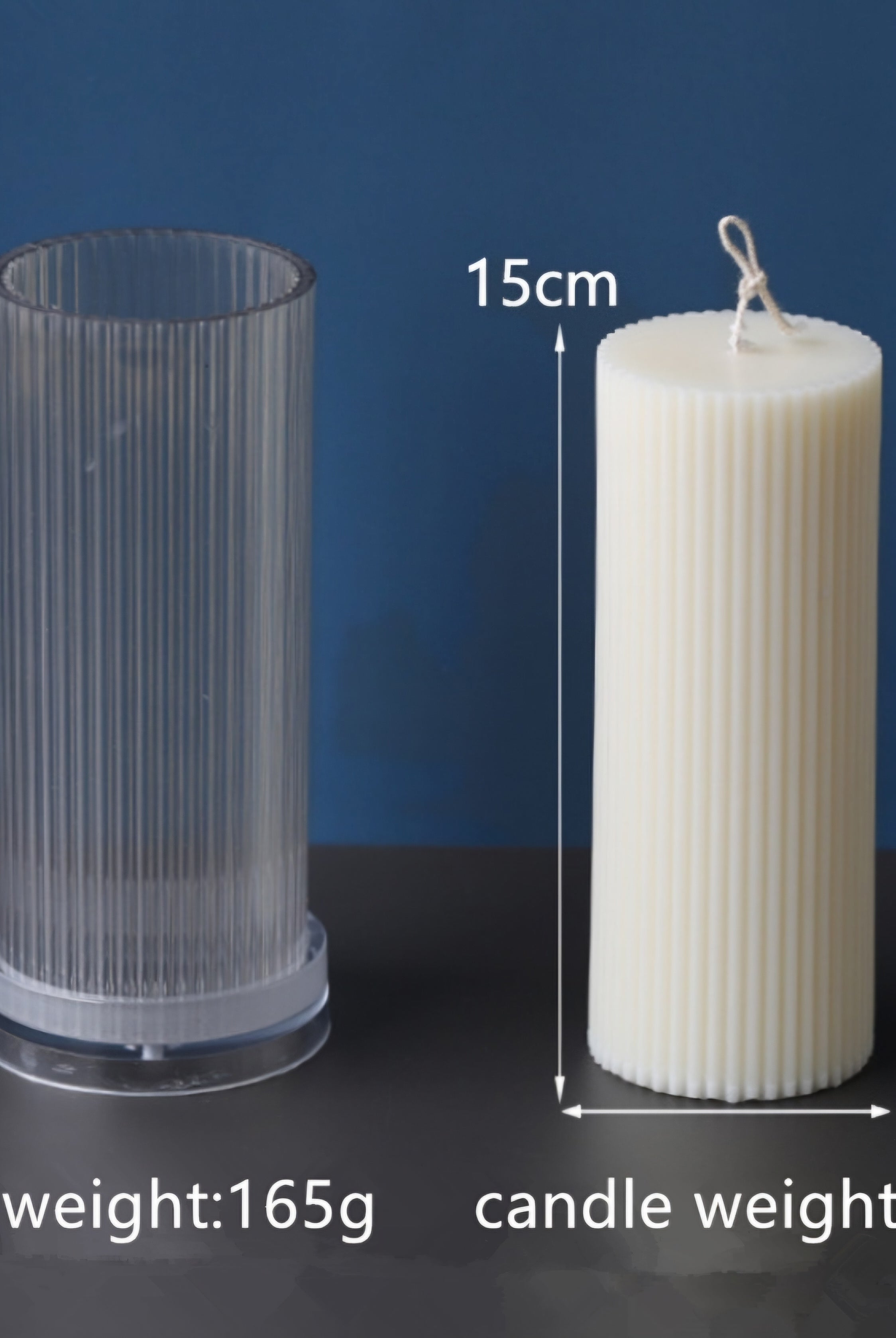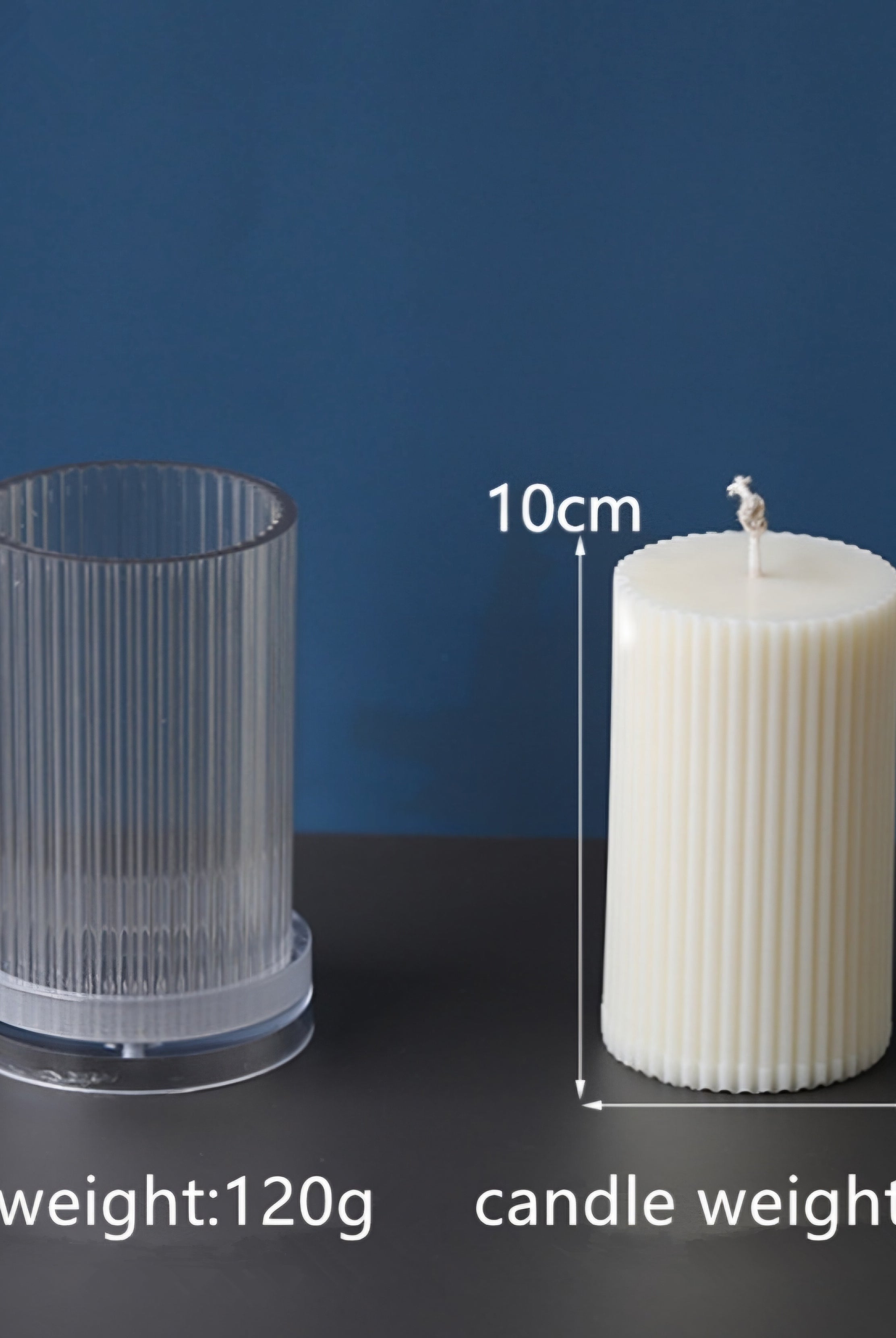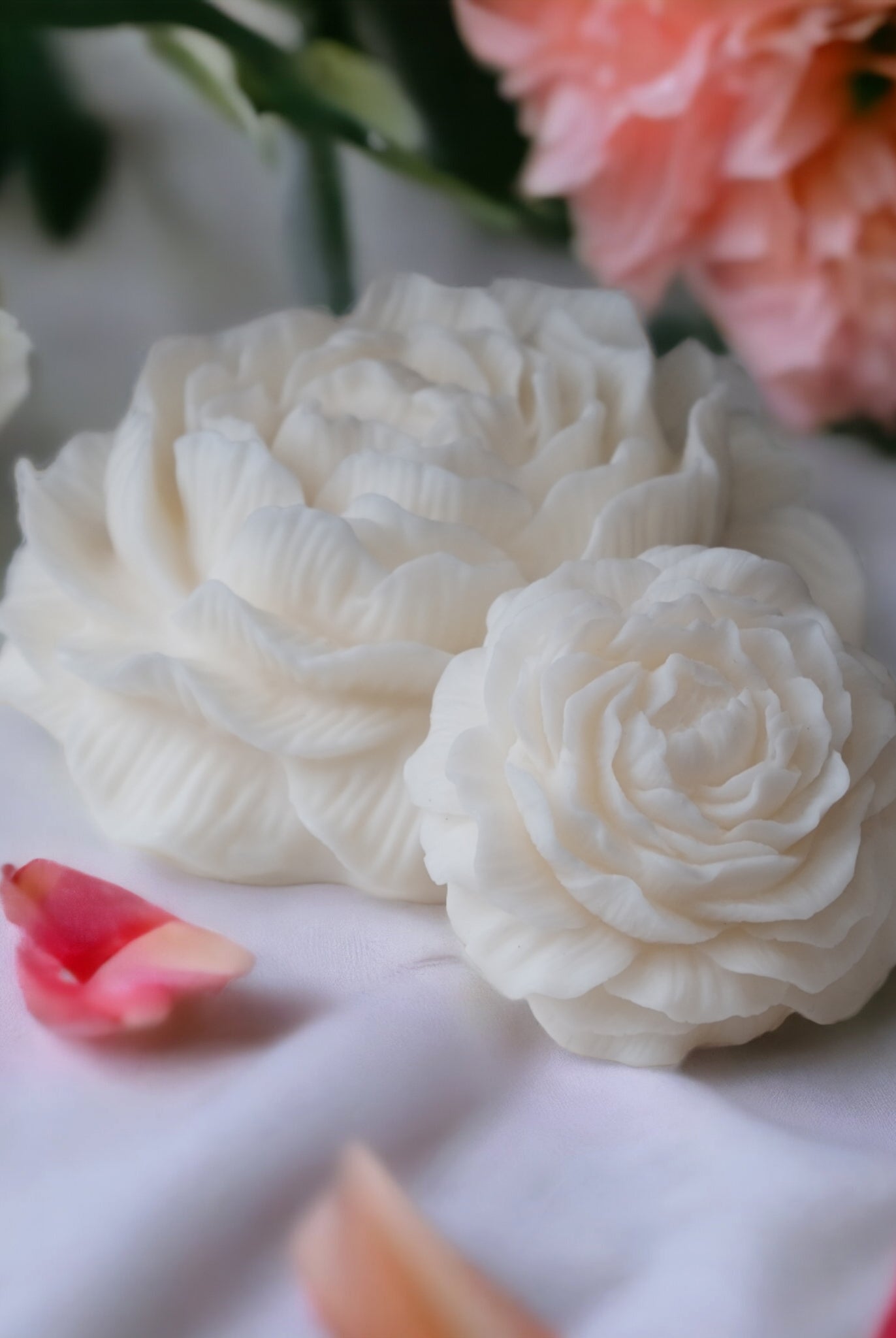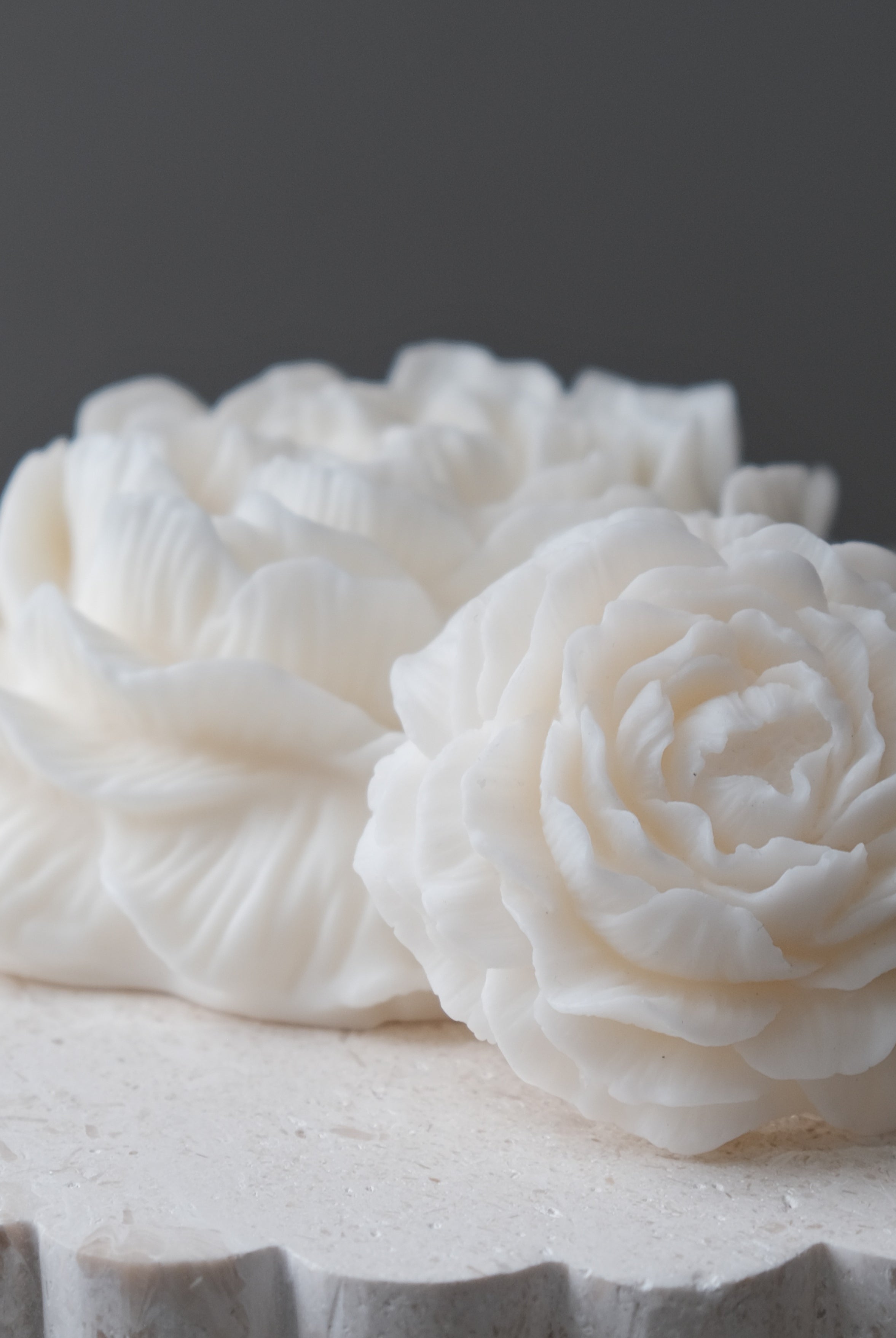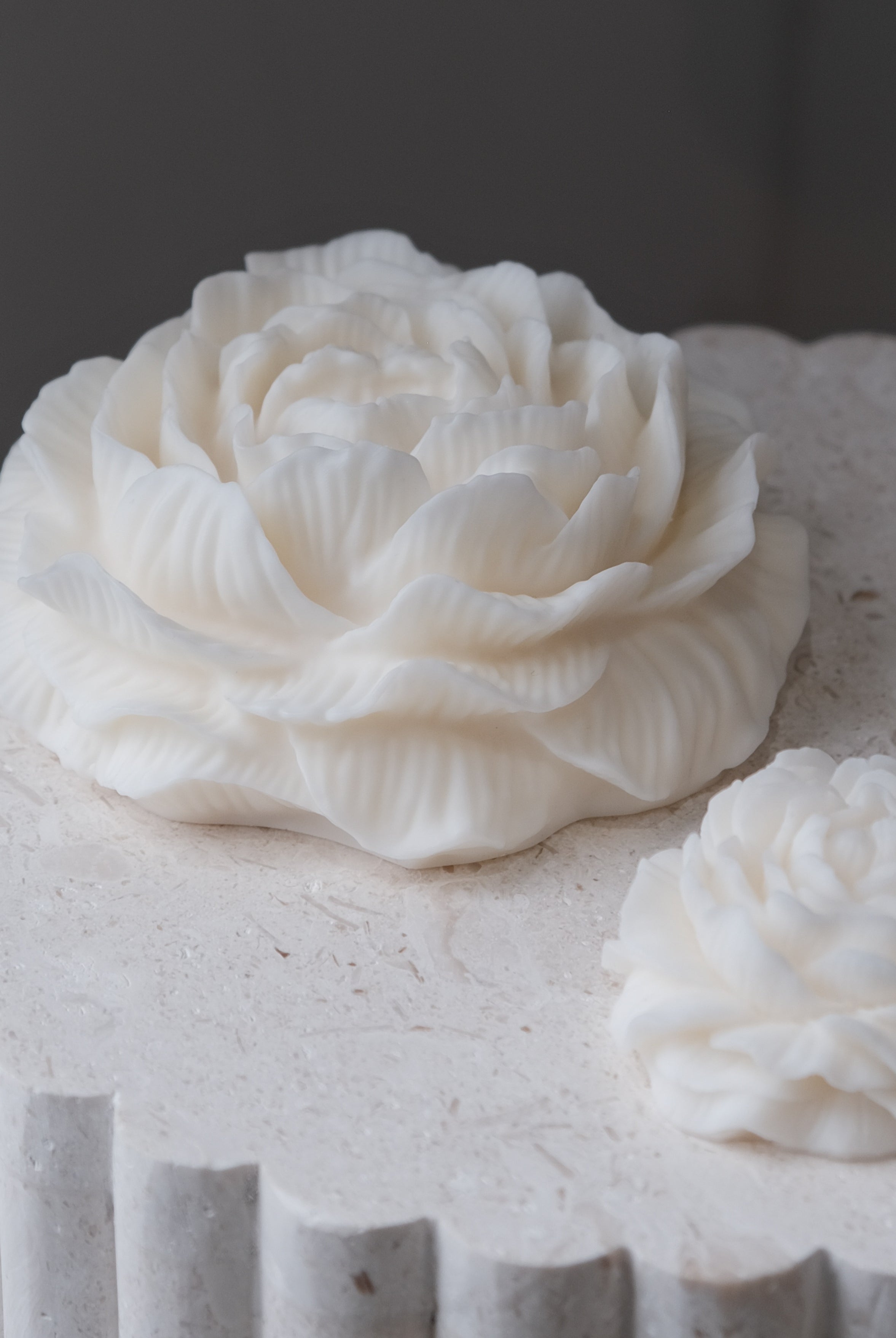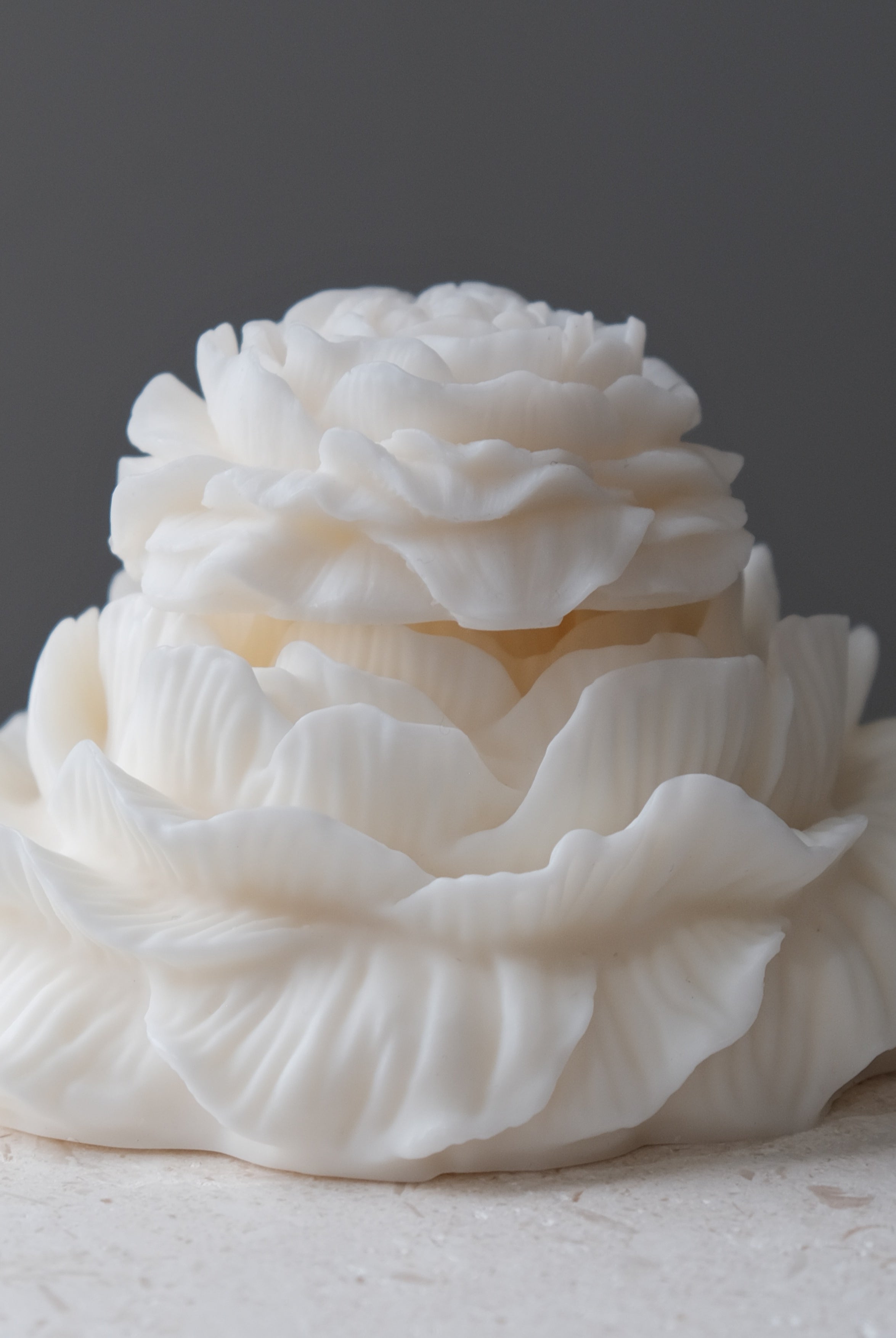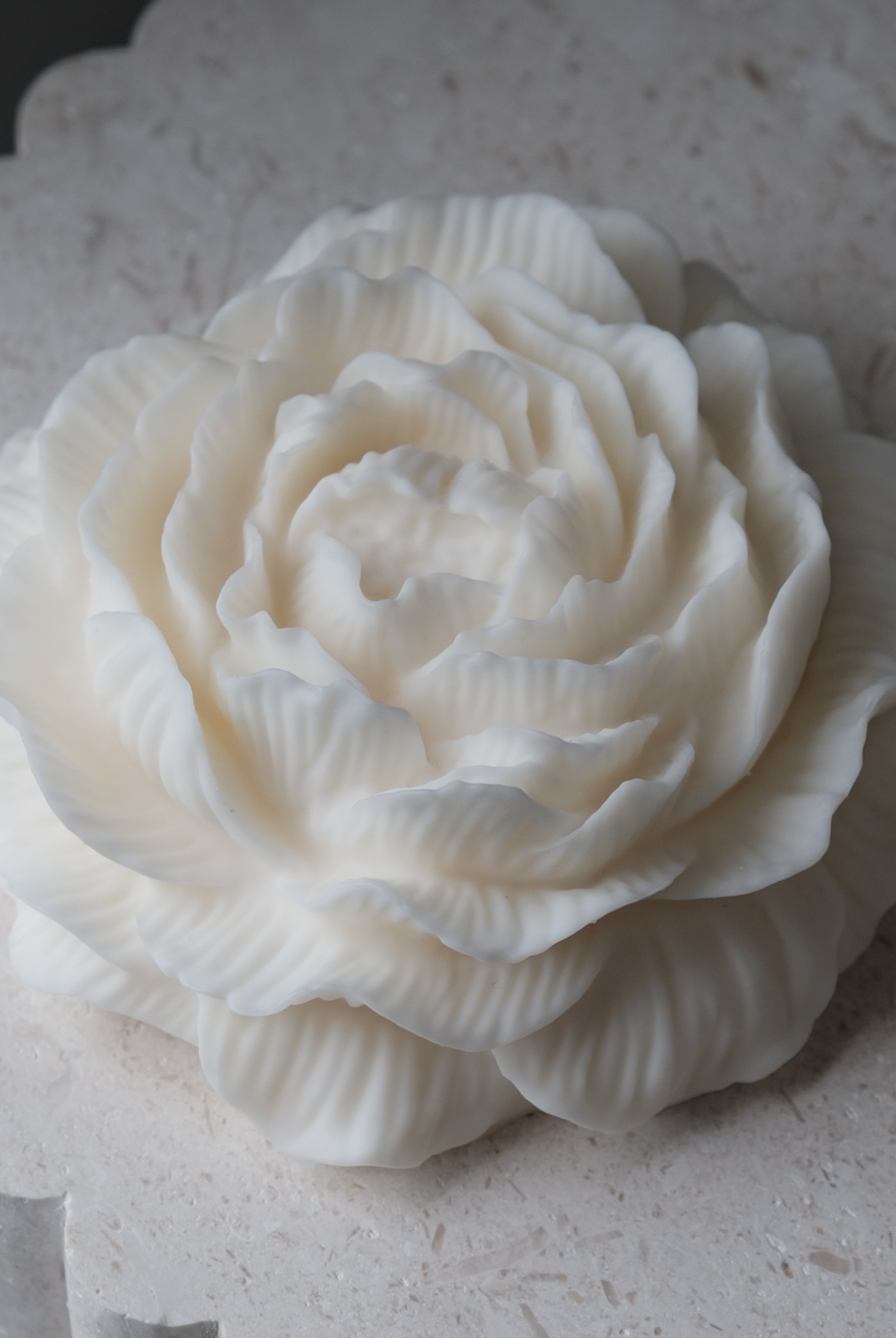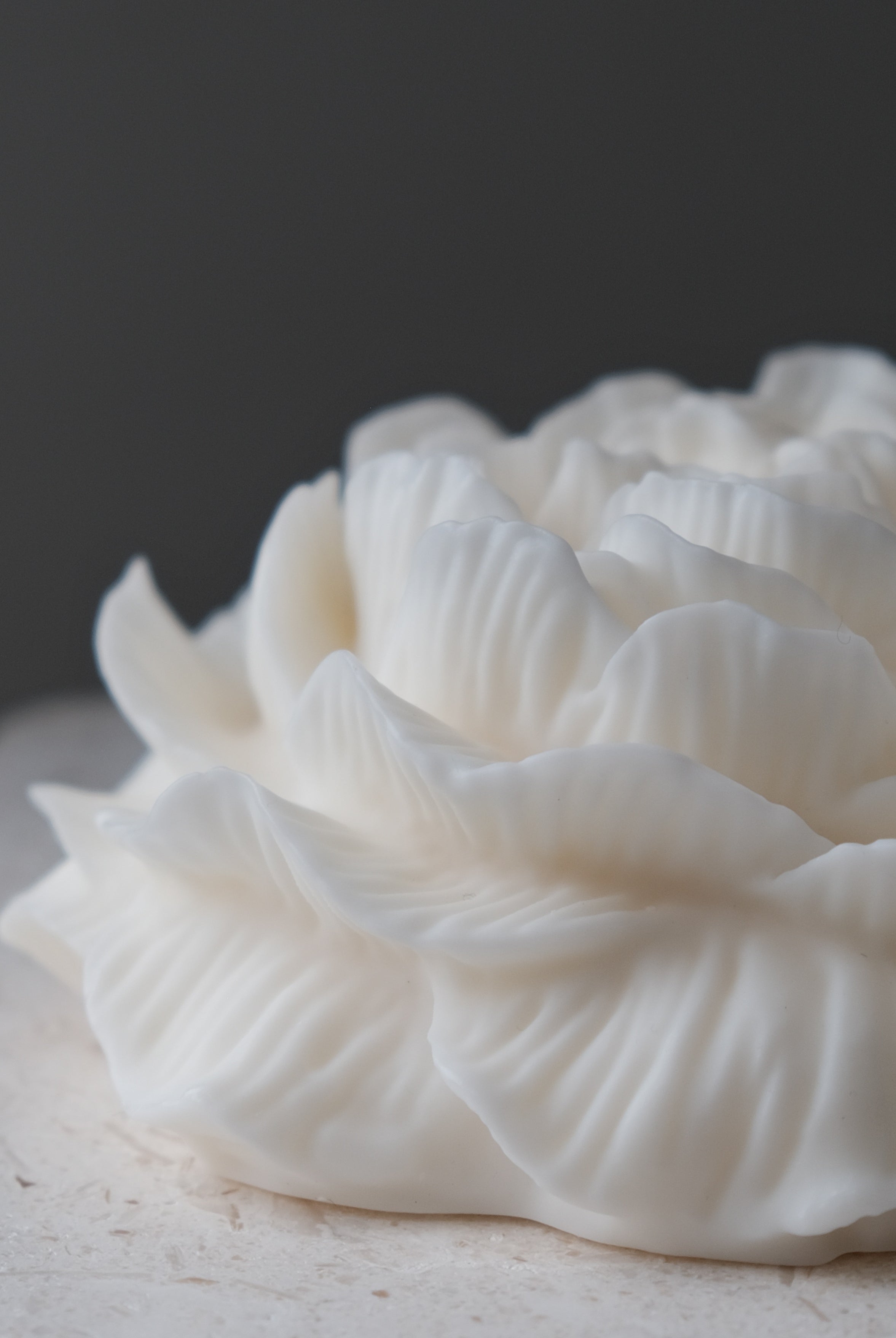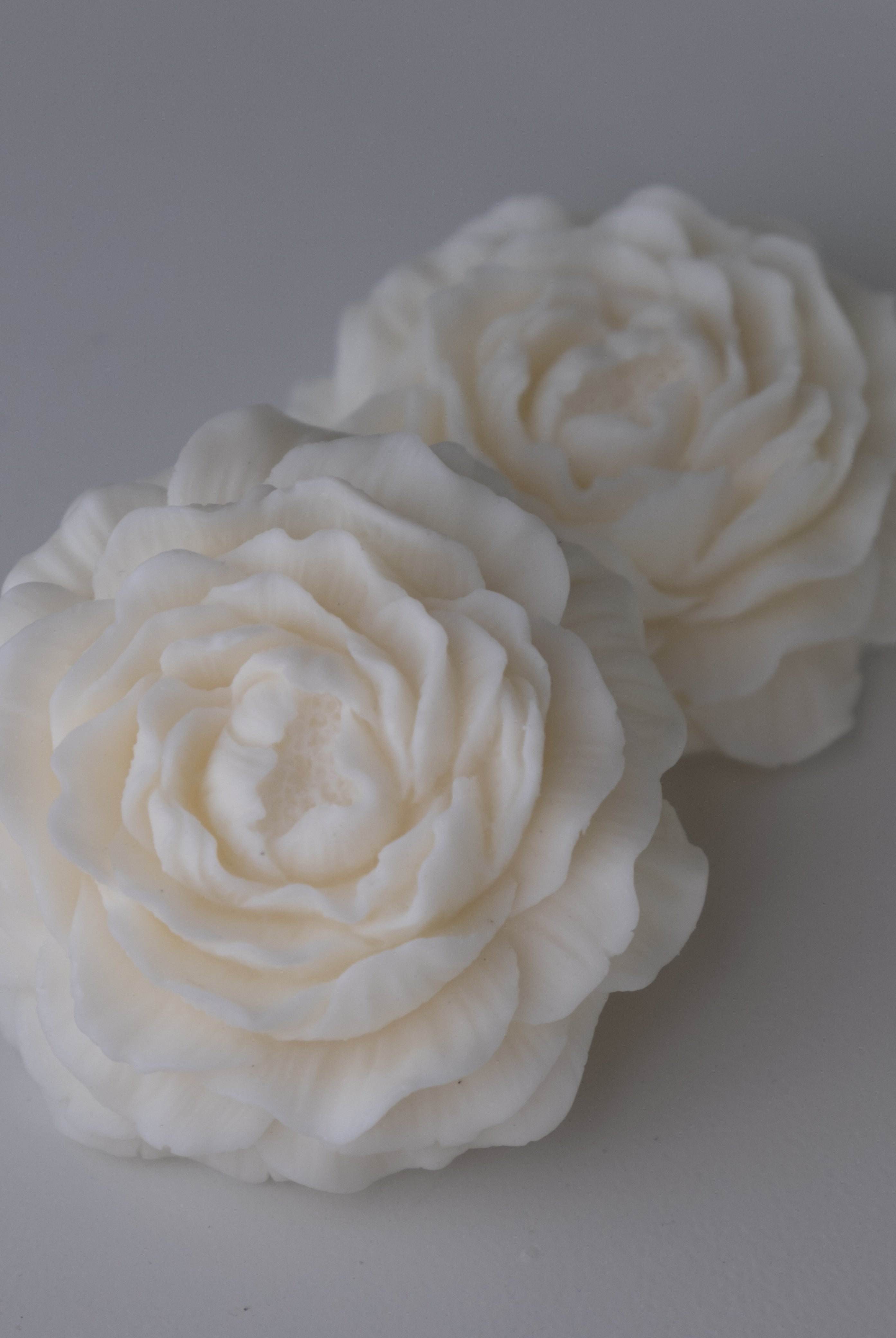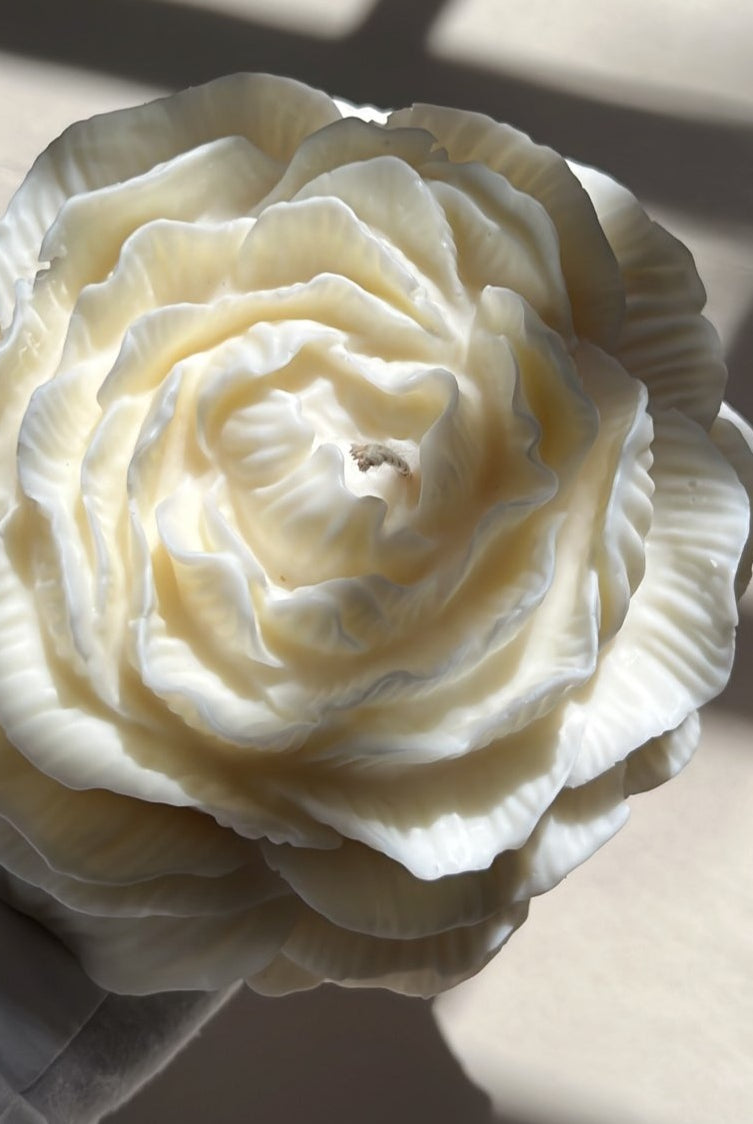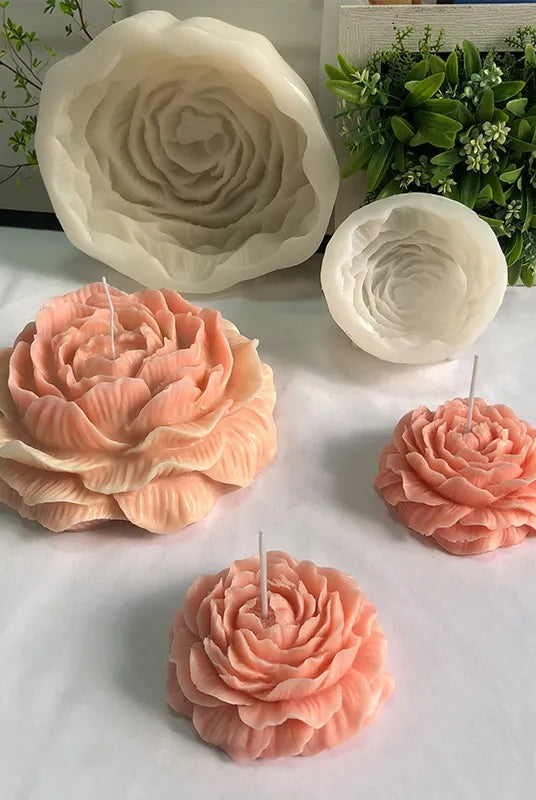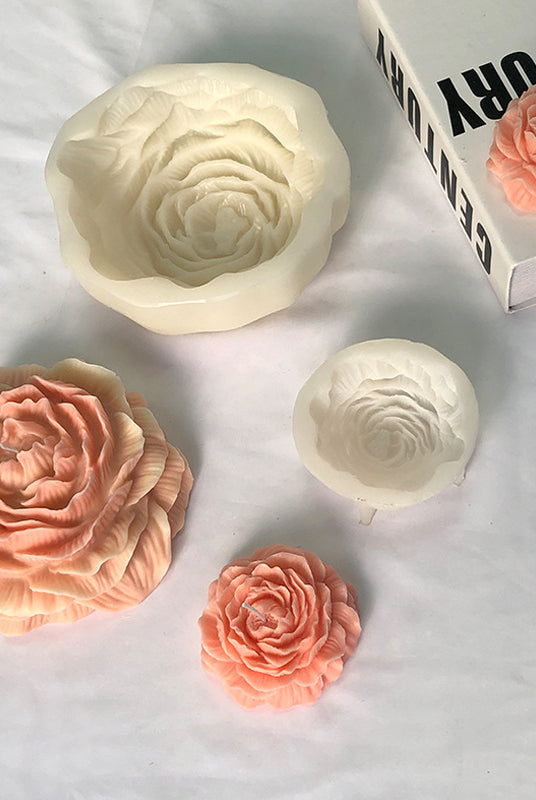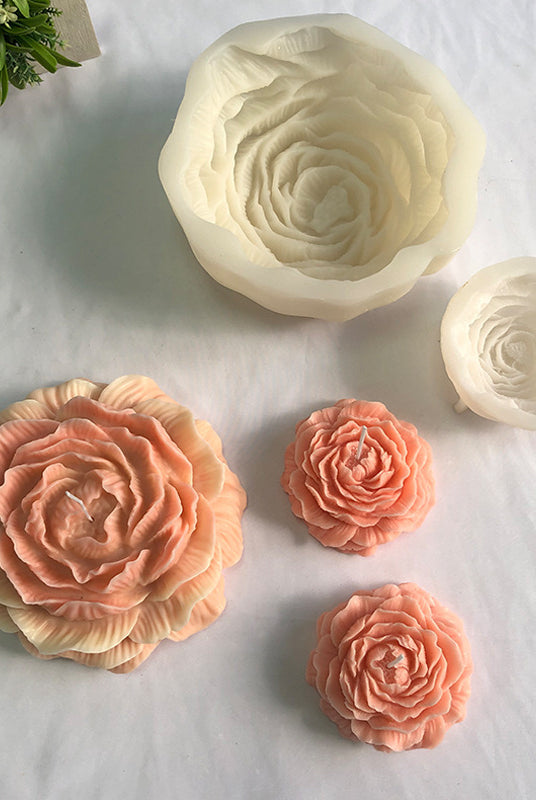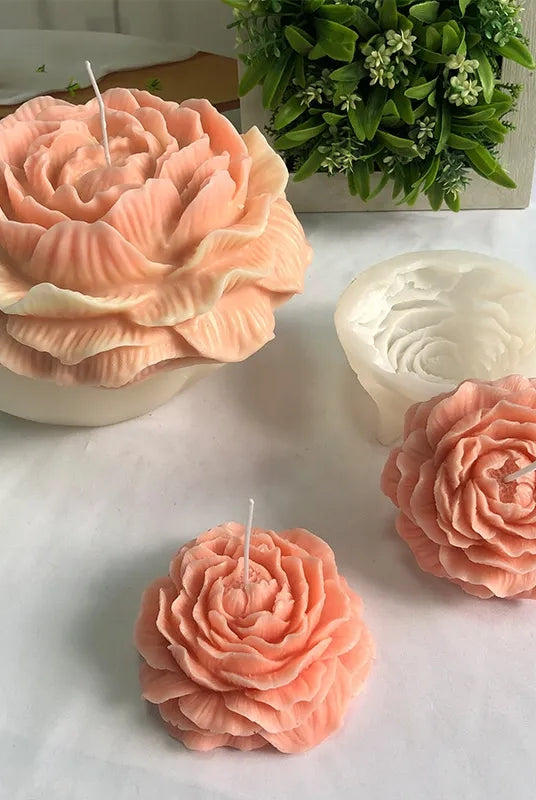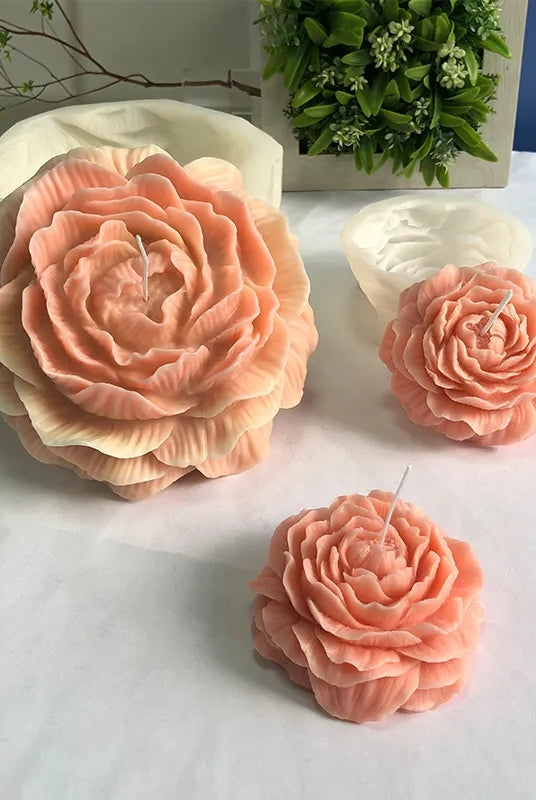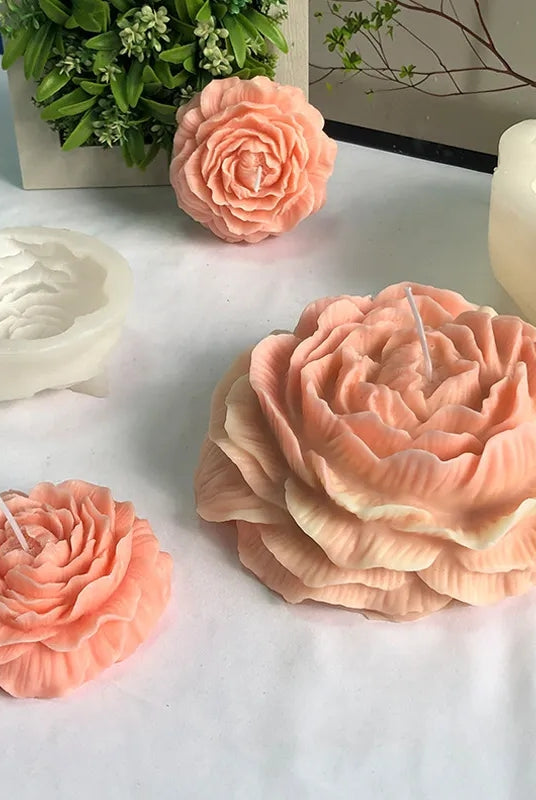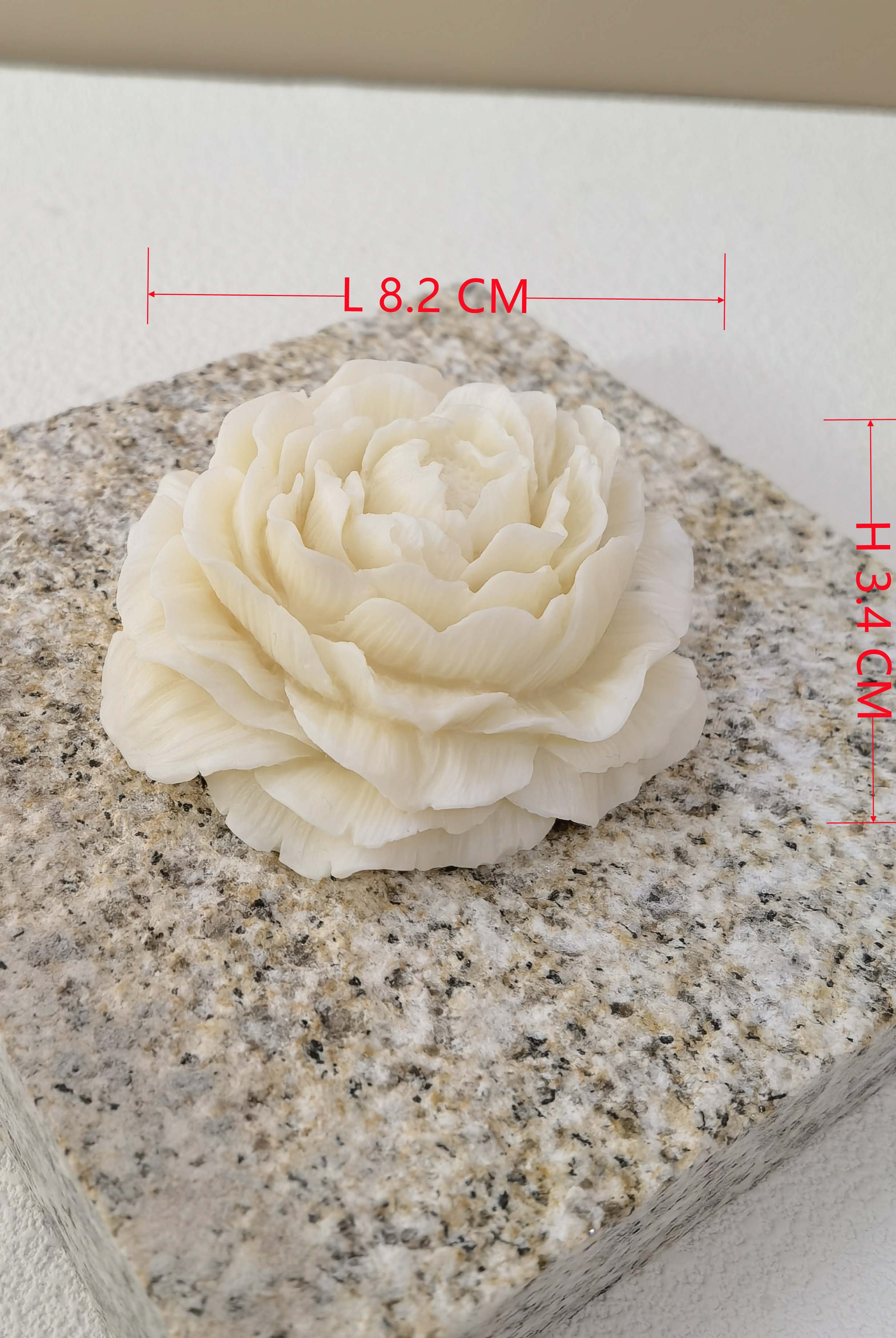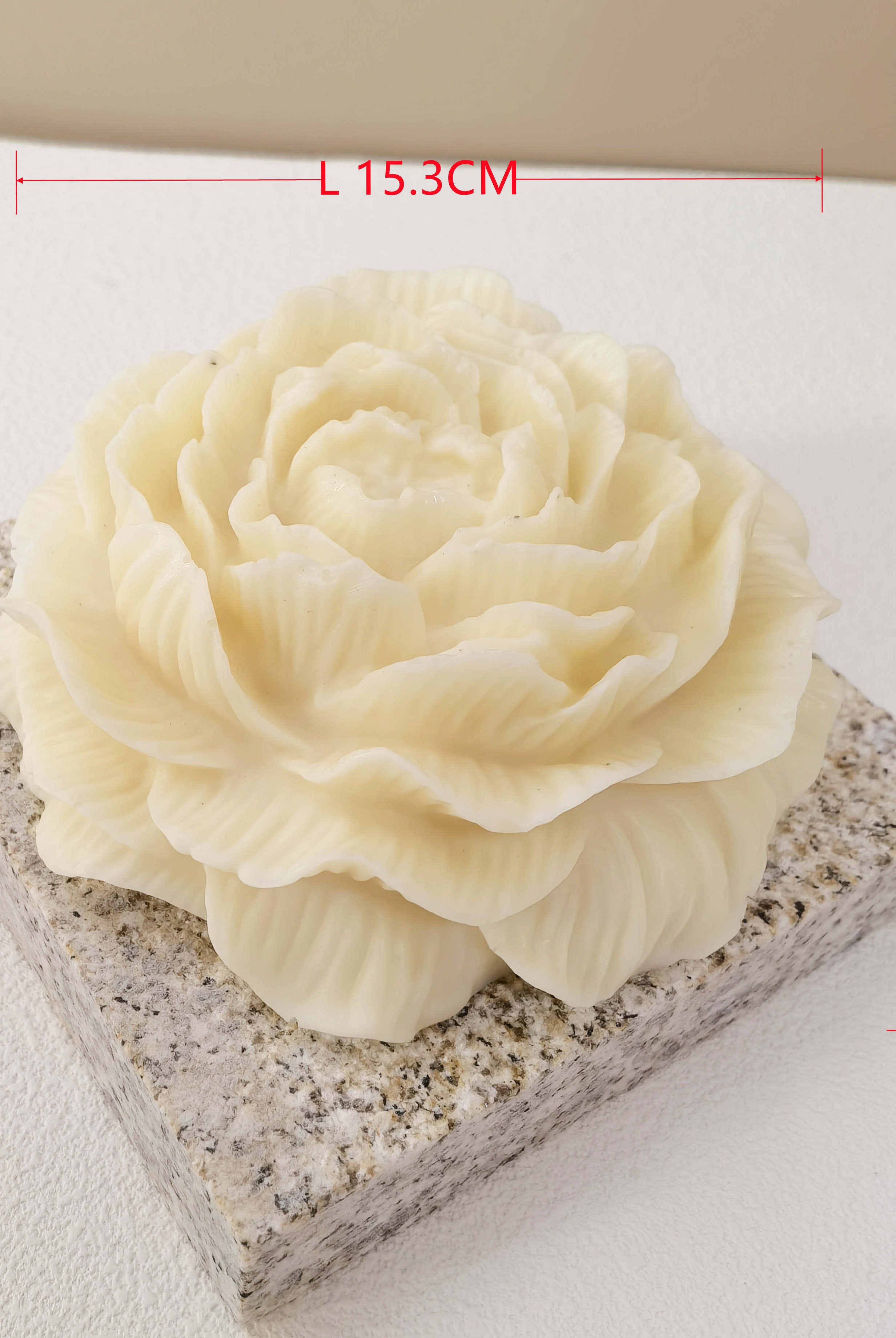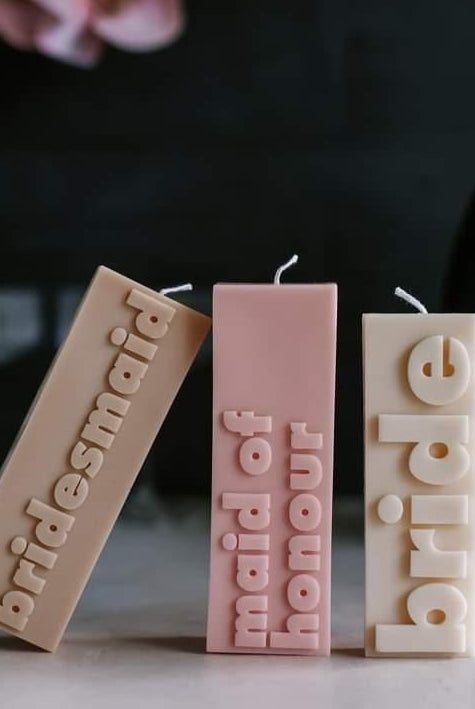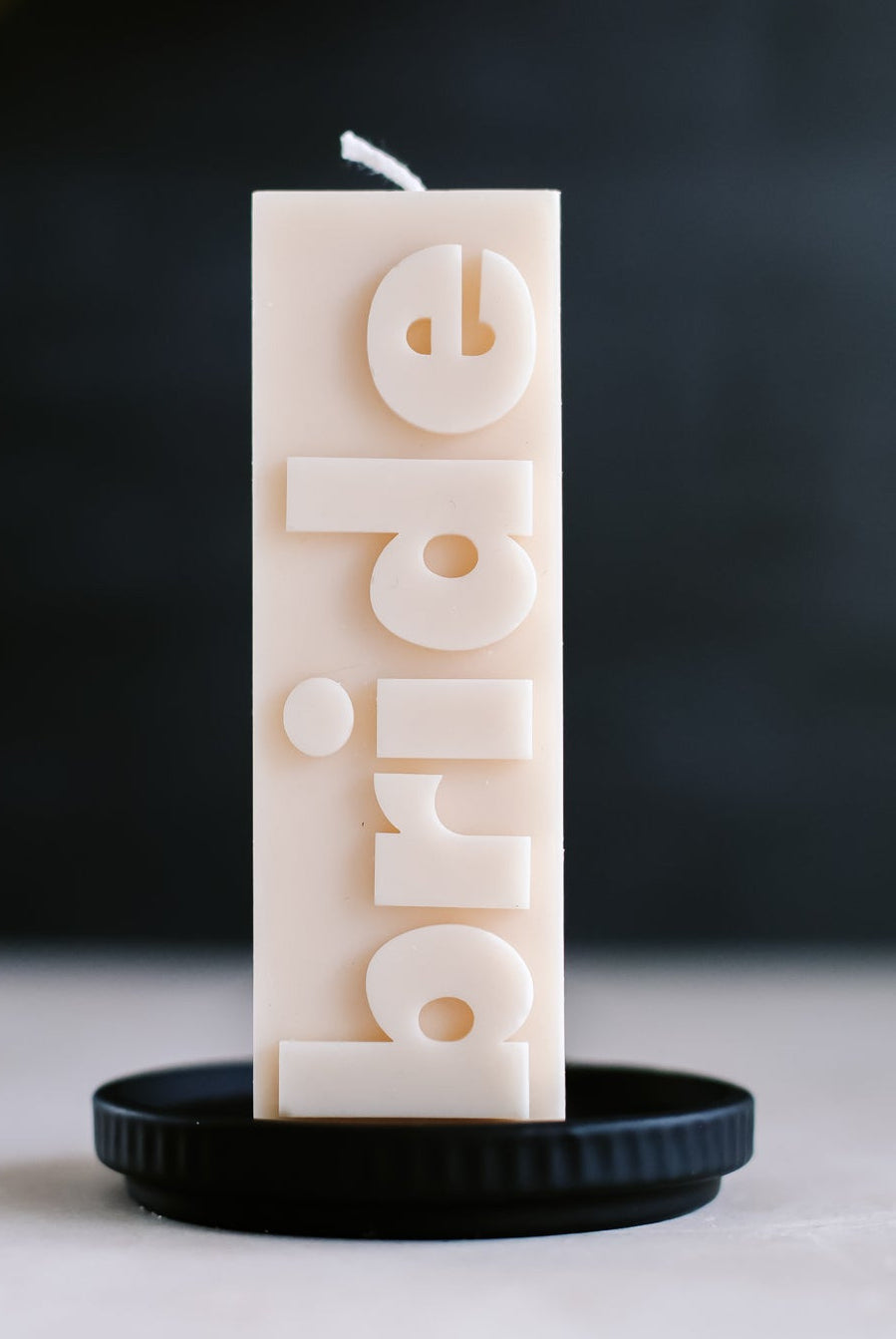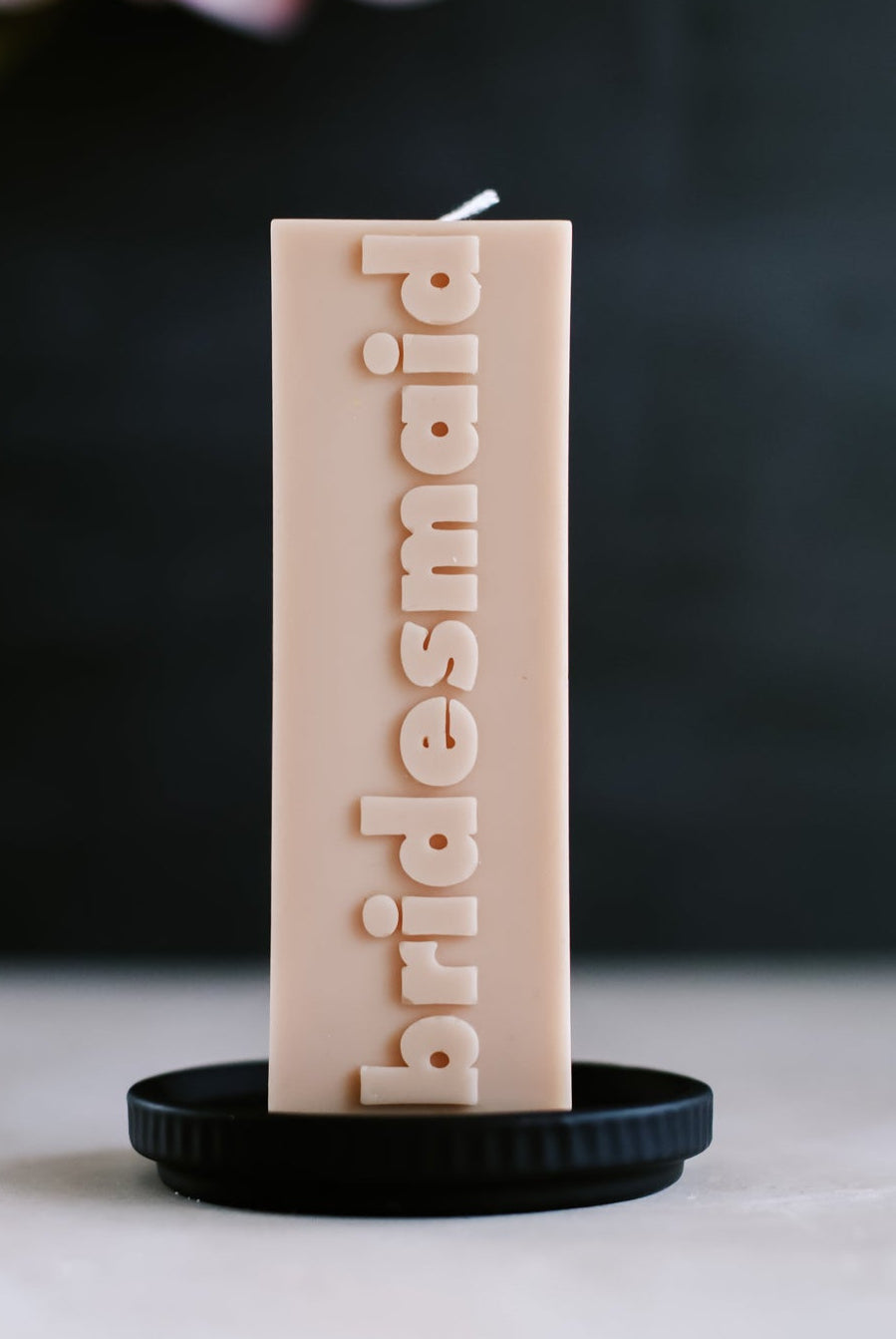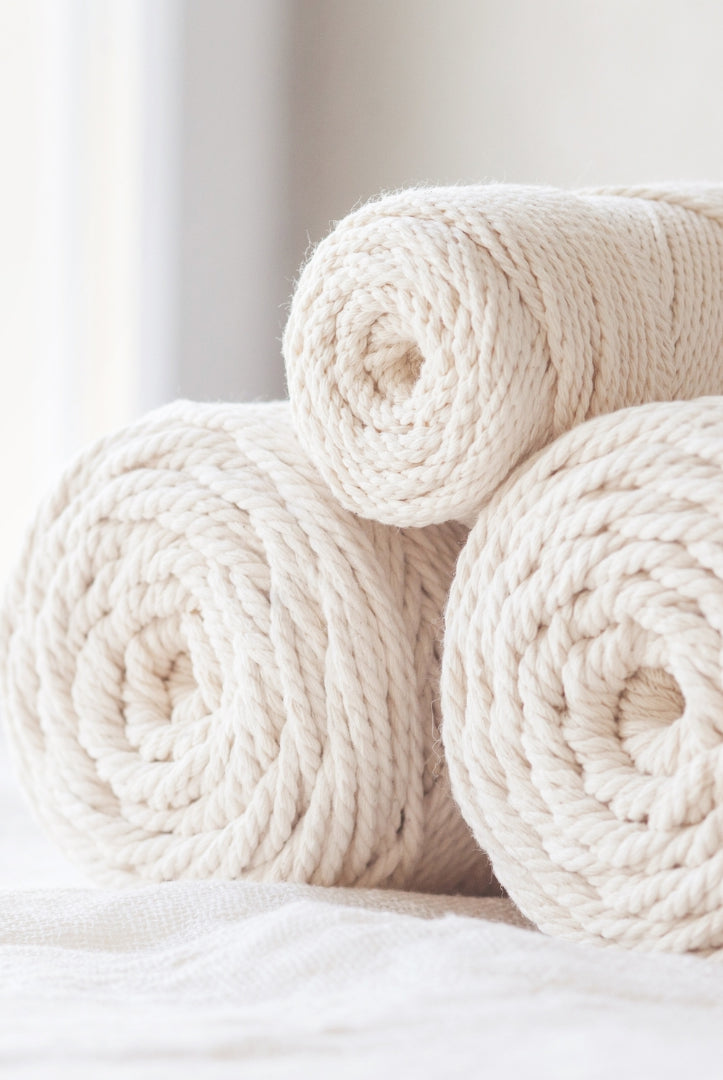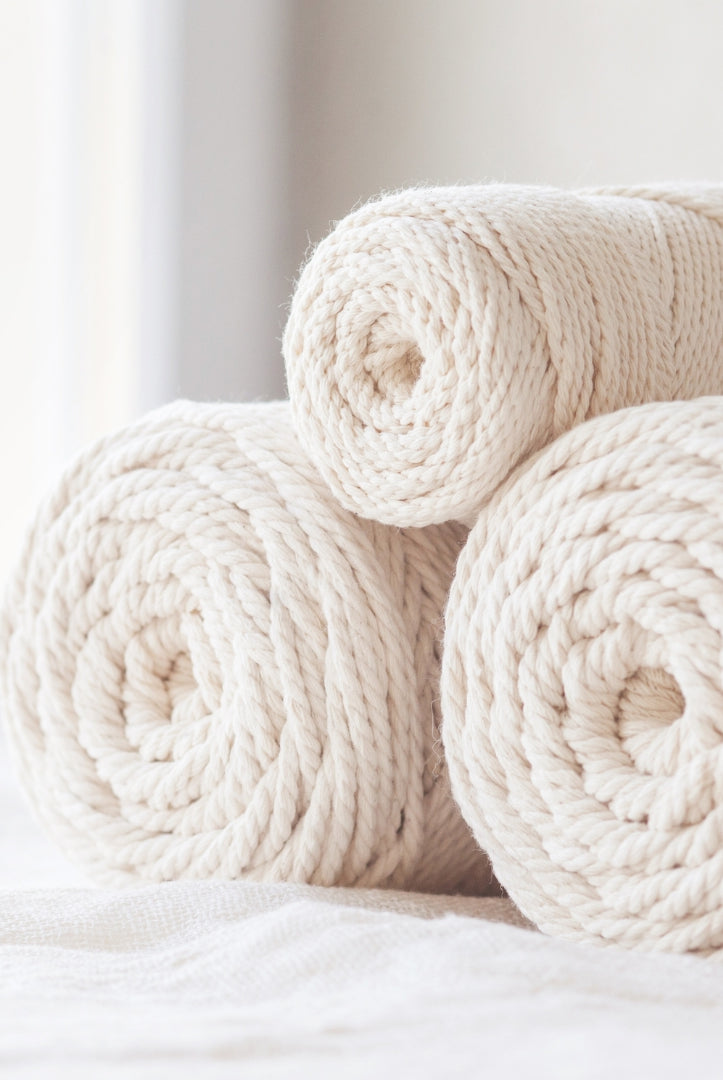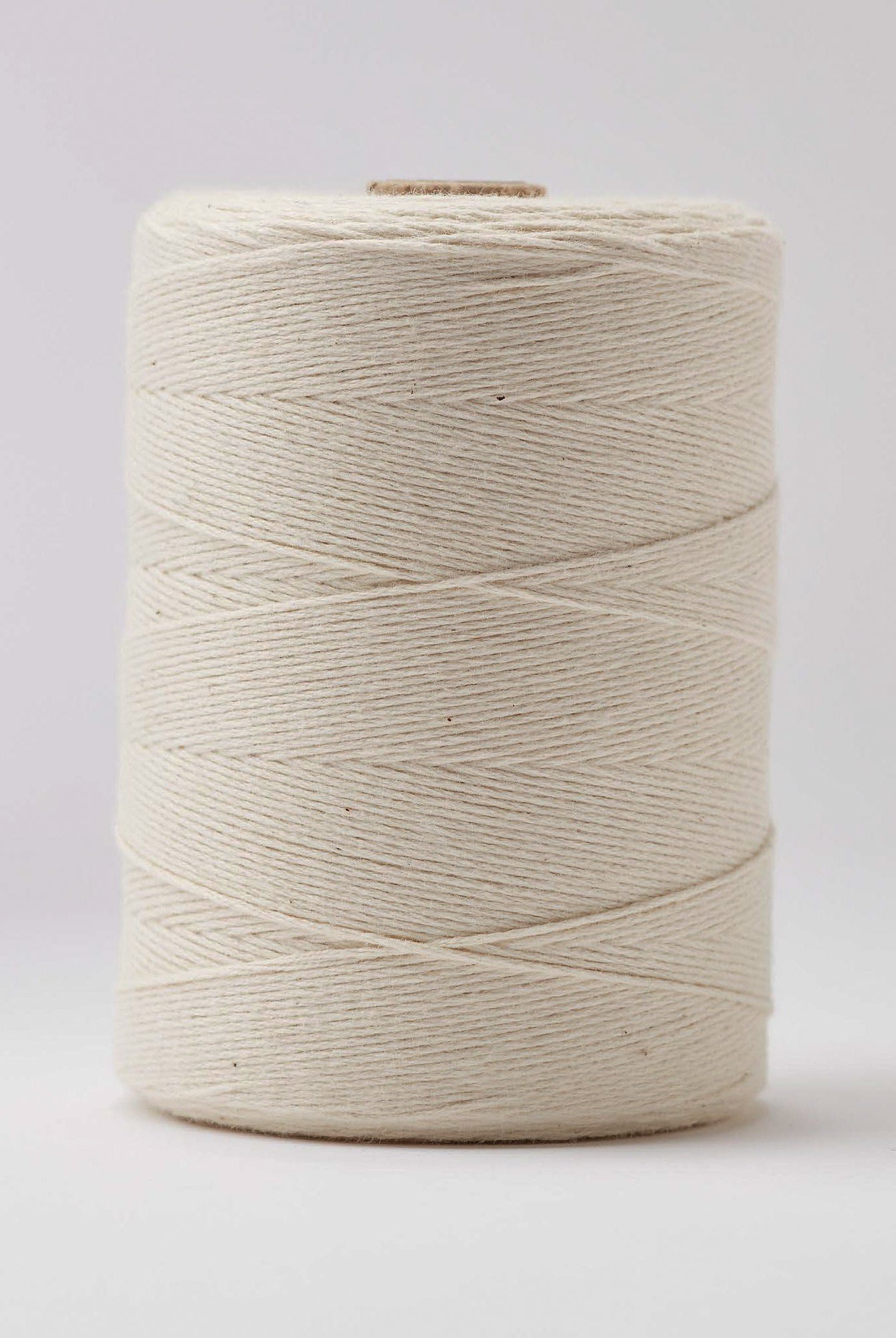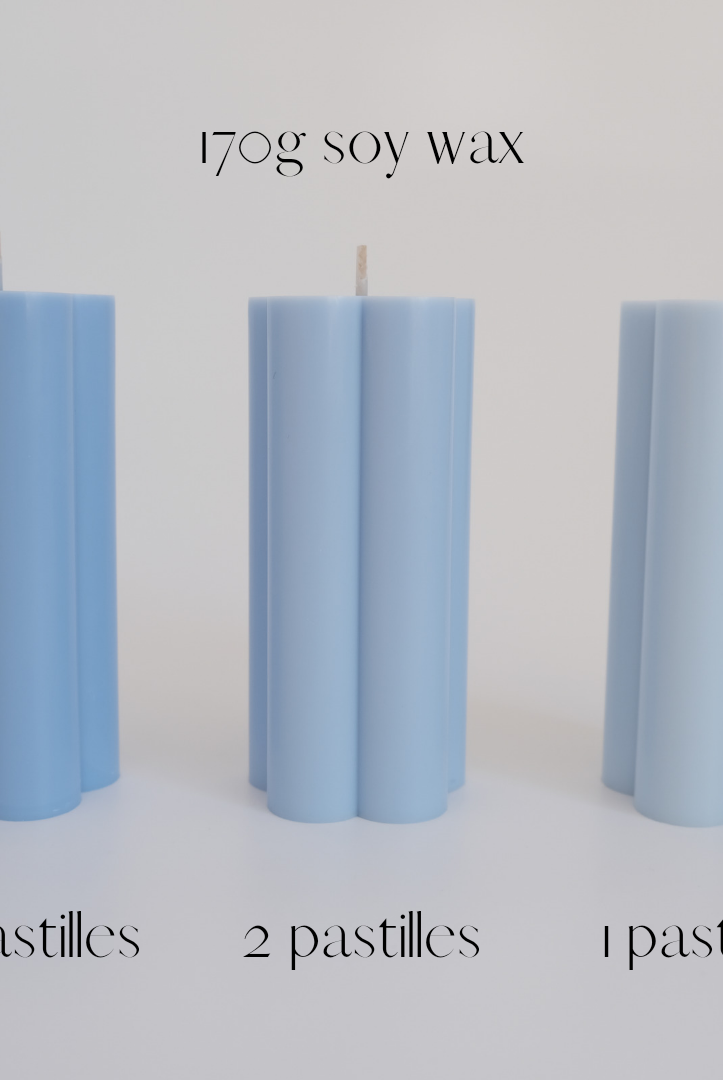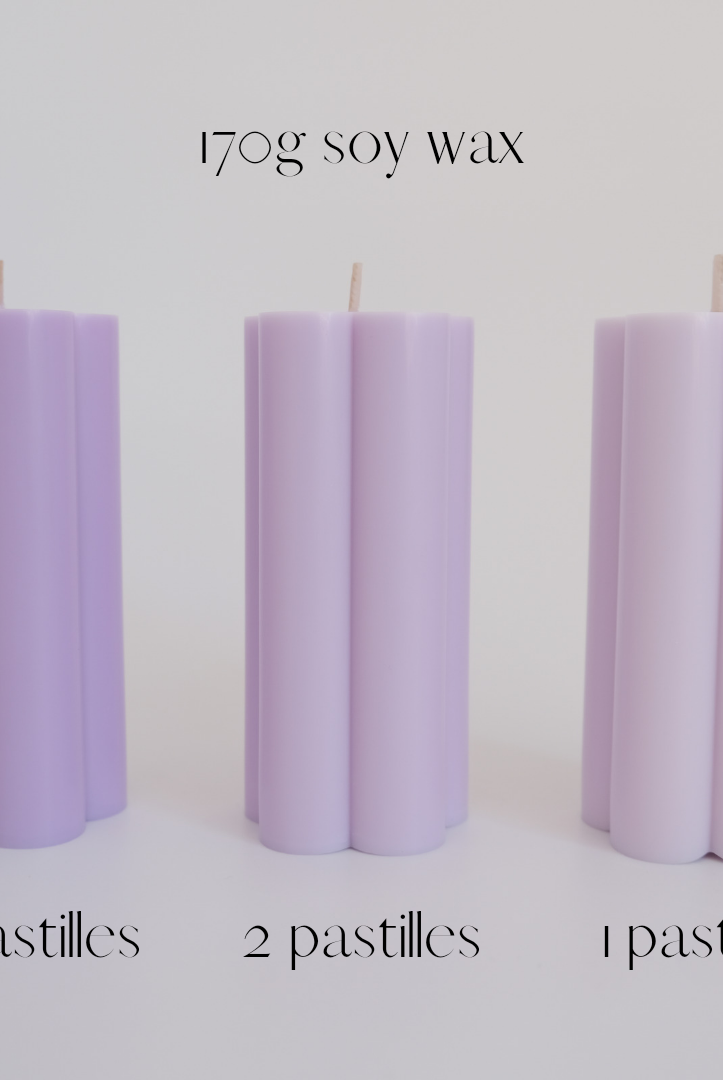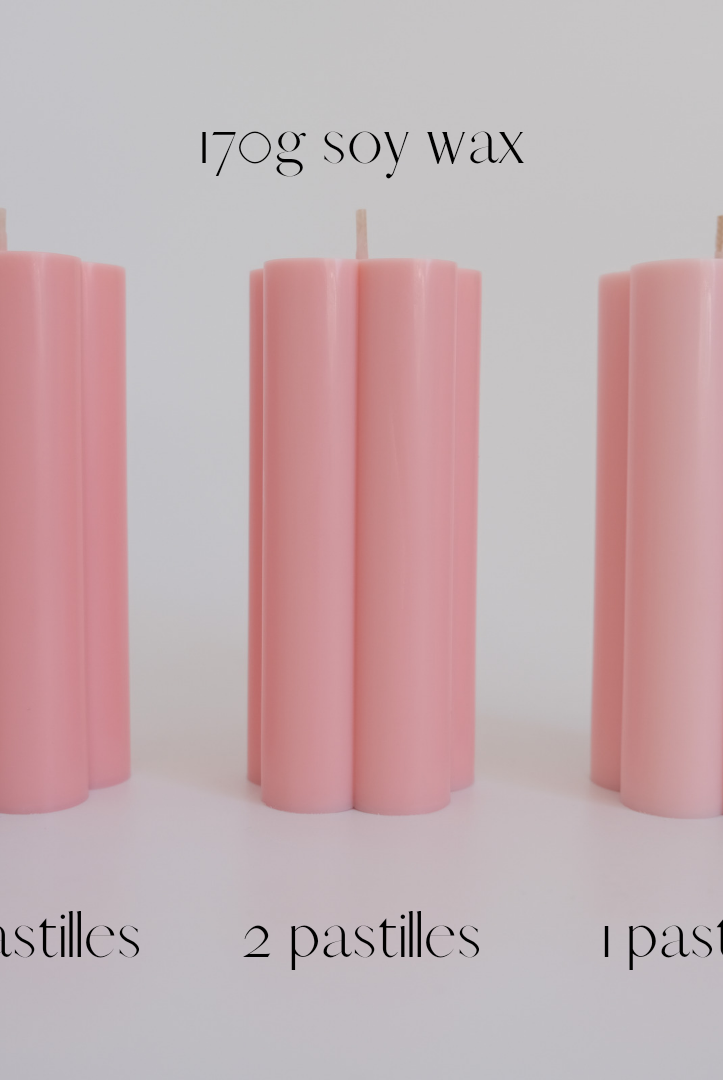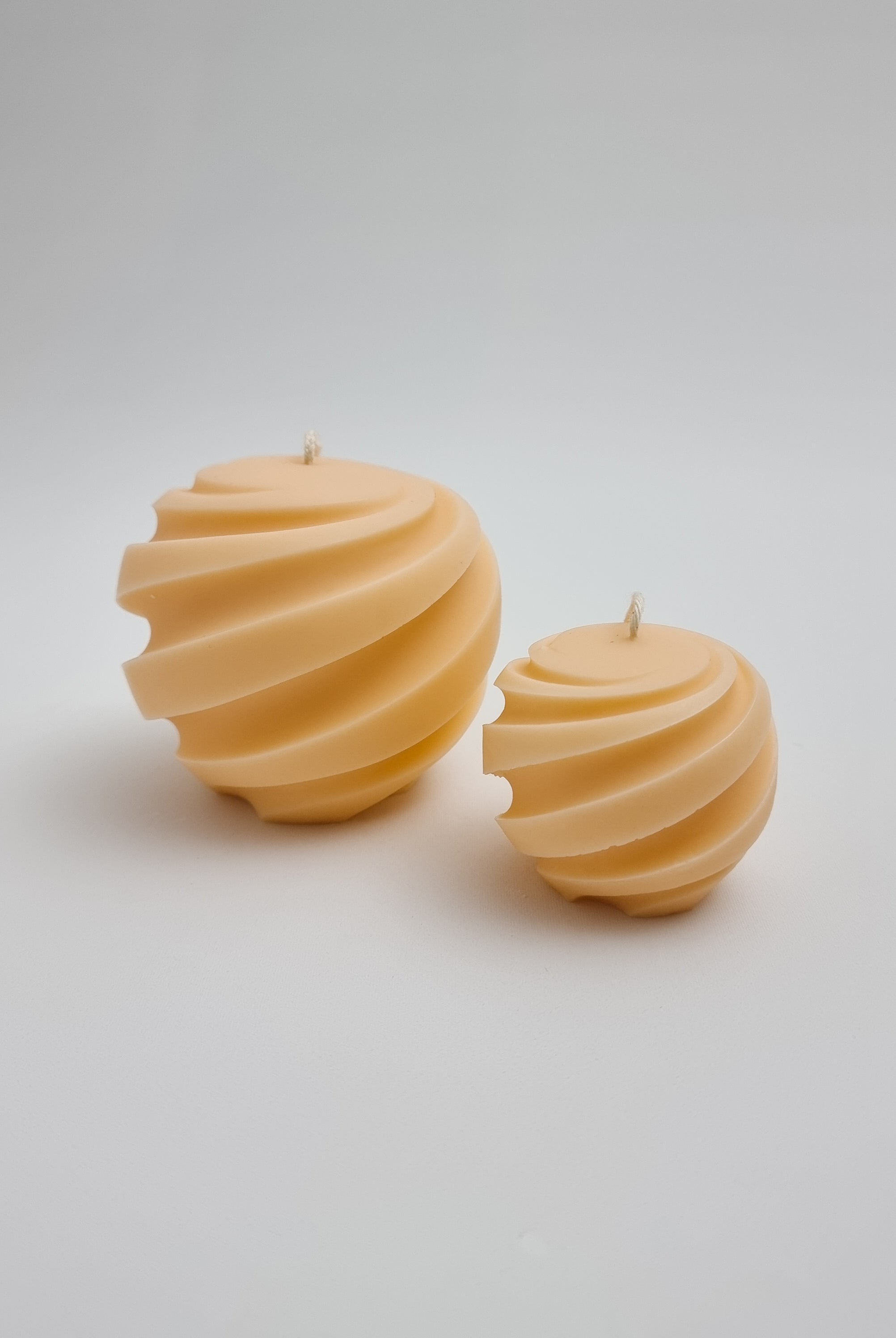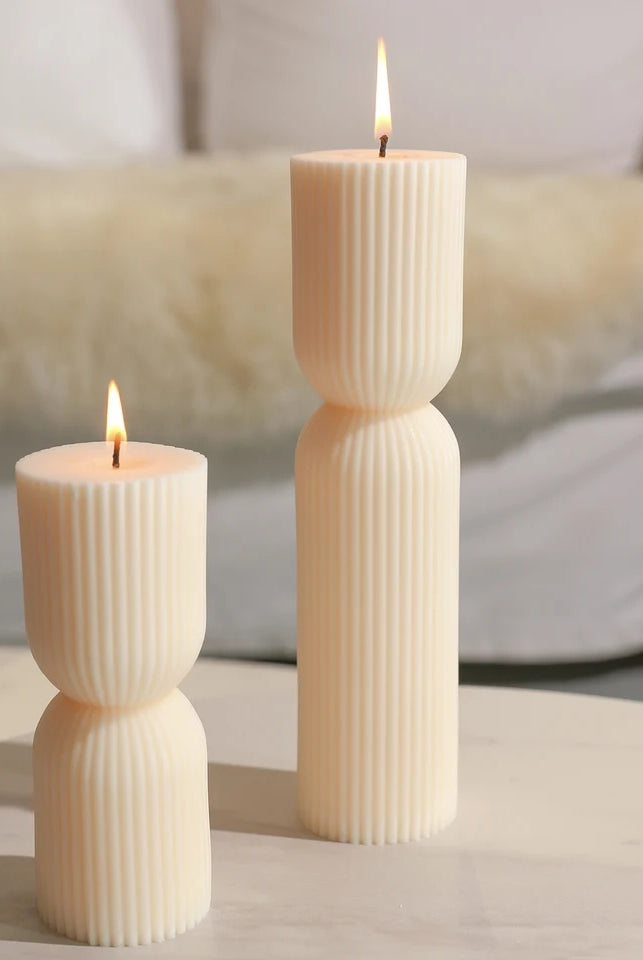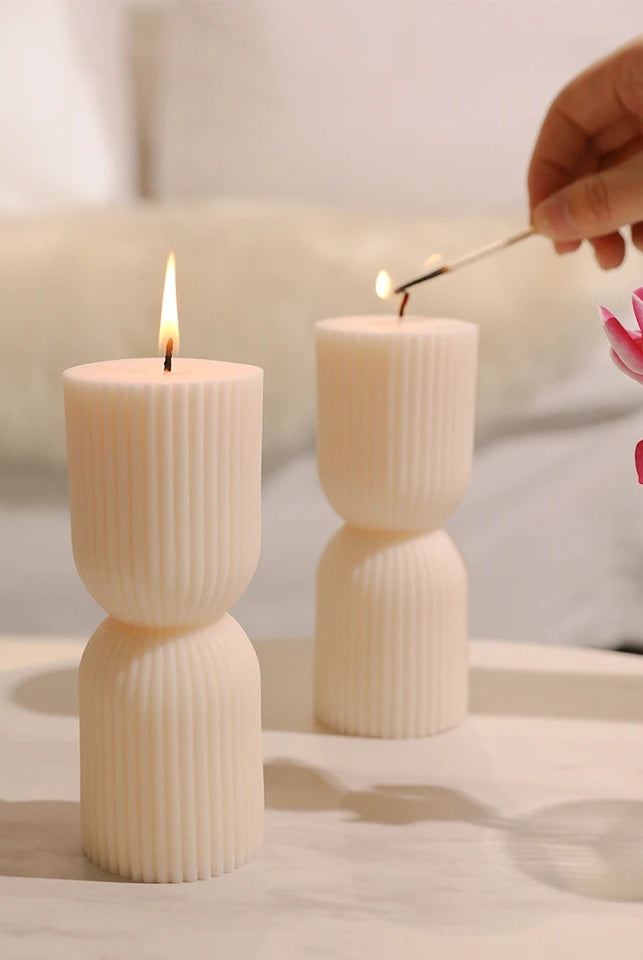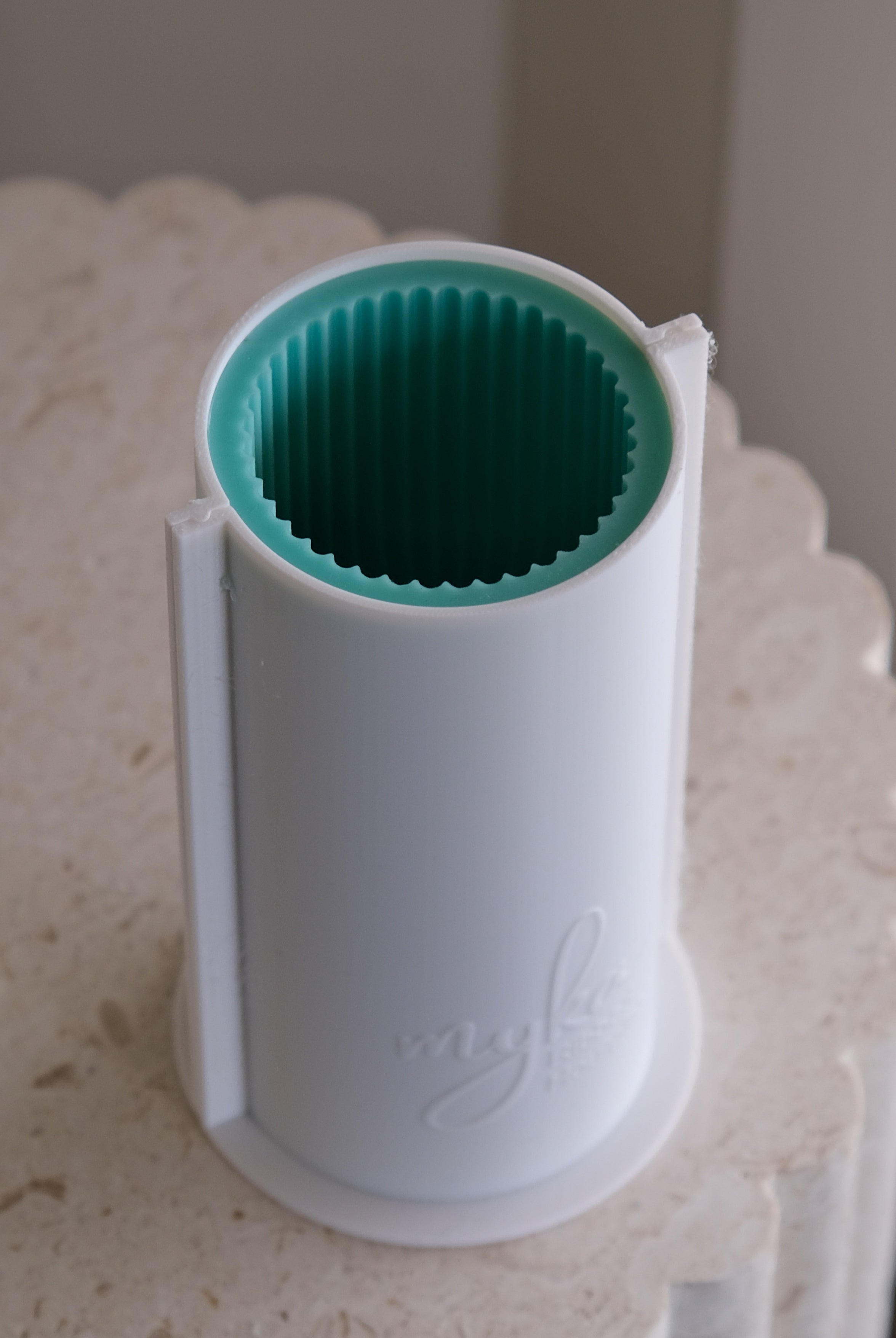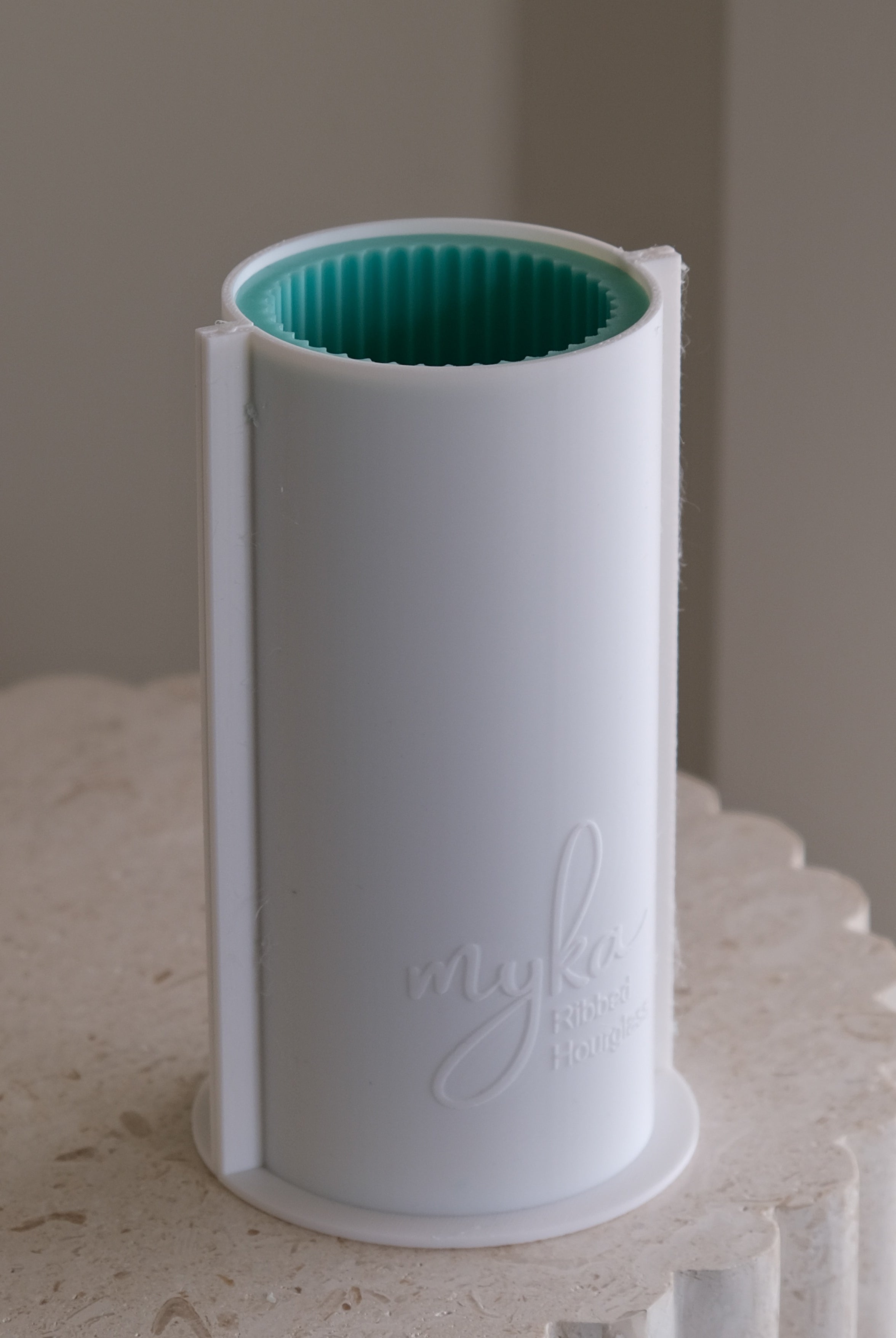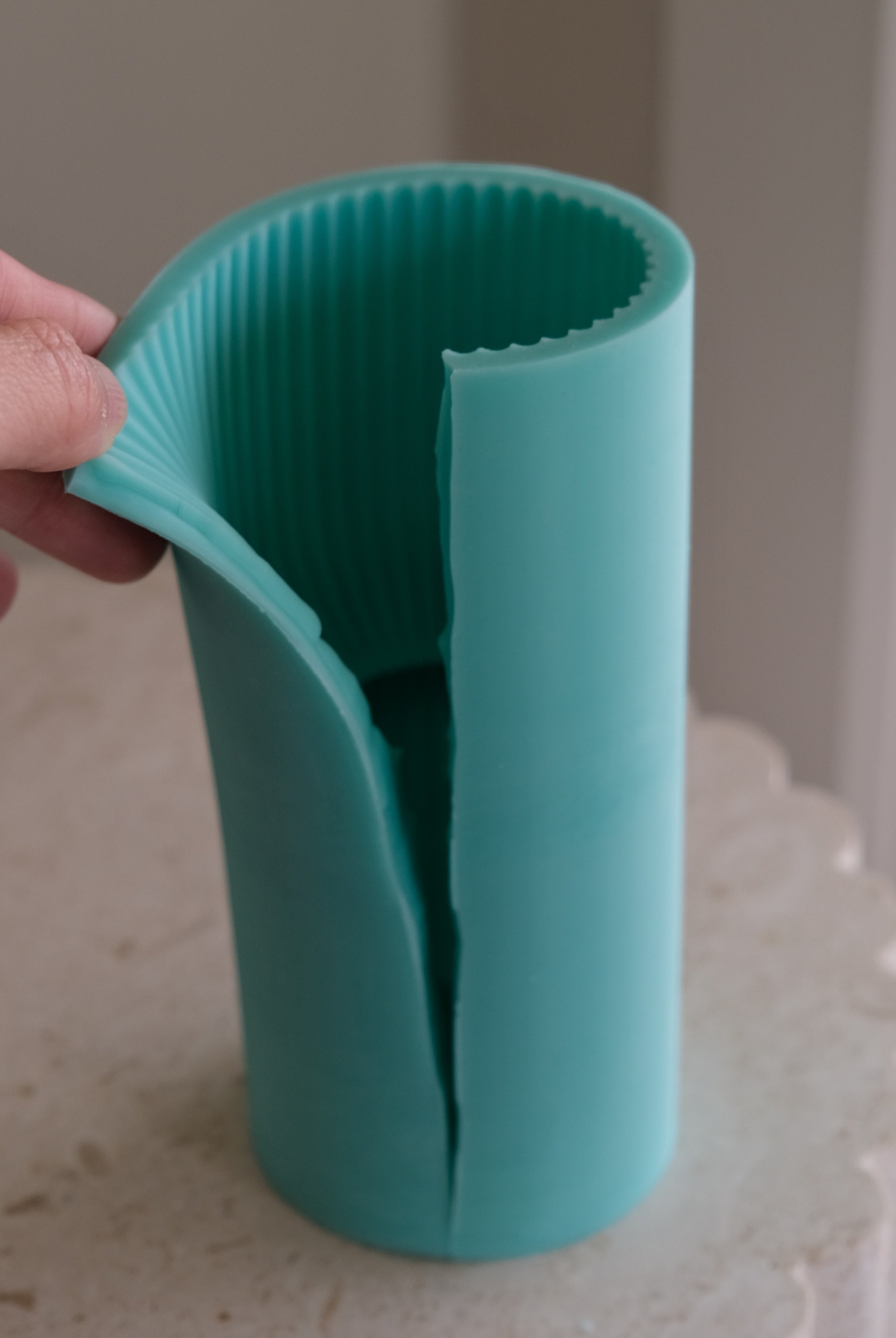Cotton Wick FAQs
Q: What wicks are best for pillar candles?
A: When it comes to choosing the best wicks for pillar candles, it is generally recommended to use cotton wicks. Specifically, twisted or braided cotton wicks are ideal for pillar candles due to their efficiency and ability provide a consistent burn. These wicks are designed to resist curling or mushrooming, resulting in a clean and even burn for your pillar candles.
Q: What are cotton wicks?
A: Cotton wicks are specifically designed for pillar candles and are made from 100% cotton. They are used in moulds to provide a stable and consistent flame for pillar candles.
Q: How do I determine the right size of cotton wick for my pillar candle?
A: There are several factors that determine the correct wick size for a candle, including the diameter of your candle, the type of wax, amount of fragrance oil, and colour dye. Personal testing is essential to ensure that you choose the right wick size. When selecting a wick size, it is always best to choose one that will create a smaller melt pool than the diameter of the candle. For example, if your candle is 10cm in diameter, choose a wick that creates a 9cm-9.5cm melt pool. We provide wick recommendations for all our moulds, which is a great starting point.
Q: What does "cotton ply" mean in relation to wicks?
A: "Cotton ply" refers to the number of strands that make up a cotton wick. The ply count determines the thickness and size of the wick, which, in turn, affects the burn diameter of the candle flame. Generally, the higher the ply count, the larger the burn diameter of the wick. For example, a higher ply count may be suitable for larger pillar candles, while a lower ply count may be ideal for smaller ones. It is important to consider the desired burn diameter and the size of your candle when selecting a cotton wick with a specific ply count.
Q: What is the difference between braided and twisted cotton wicks?
A: Cotton ply wicks are either braided or twisted. Here's how they differ:
-
Twisted Cotton Wicks: Twisted cotton wicks are made by twisting together multiple strands of cotton fibers. Twisted wicks tend to have a more consistent and controlled burn. They are often recommended for smaller diameter candles.
-
Braided Cotton Wicks: Braided cotton wicks, on the other hand, are made by braiding several strands of cotton fibers together. This braiding technique creates a wider and flatter wick. Braided wicks provide a larger and more robust flame, making them suitable for larger diameter candles. They are often preferred for pillar candles.
Q: How do I wick silicone moulds?
A: Use a wicking needle to pierce a hole where you want the wick to come out of. If using cotton ply wicks, thread the wick through the hole with the needle and cut to desired length. Secure the wick with a wick holder to keep it rigid and centered.
Q: Why doesn't my cotton ply wick stay lit?
Q: Do I need to trim the cotton wick before lighting the candle?
A: Yes, it is recommended to trim the wick to approximately 5mm/ ¼ inch before lighting the candle. Trimming the wick helps to control the flame height and reduces the risk of soot and excessive smoke.
Q: How long do need to leave the wick?
A: Another advantage of using cotton wicks is that you can leave it as long as you'd like. Some people like to tie a tag to the wick to display the brand and scent. You'll also need to keep your wick long enough at the bottom that it can fit in the wick holder.
Q: Where are your cotton wicks manufactured?
A: Our cotton wicks are proudly manufactured in Australia using high-quality 100% cotton materials.
Q: Are your cotton wicks suitable for container candles?
A: No, our cotton wicks are specifically designed for pillar candles and are not suitable for container candles. For container candles, we recommend using pre-waxed tabbed wicks or wooden wicks.
Q: How are cotton wicks different from other types of wicks?
A: Cotton wicks are made from pure cotton fibers, while other types of wicks may contain additional materials or treatments. Cotton wicks are known for their clean burn and minimal soot. They typically come on a roll, which allows you to cut the wick to the desired length for your pillar candles. This feature offers greater flexibility and minimizes wastage compared to pre-waxed wicks, where you may need to discard unused portions.
Q: What wick is best for beeswax candles?
A: While our recommended wick sizes are based on soy wax candles, it is generally recommended to wick up 1-2 sizes when using beeswax candles. Beeswax has a different density and melting point compared to soy wax, which can affect the burn characteristics. By choosing a slightly larger wick size, you can ensure that the beeswax candle receives an adequate fuel supply, resulting in a consistent and optimal burn. We recommend conducting burn tests to determine the appropriate wick size for your specific beeswax candles.
Looking for where you can buy candle wicks for your candle moulds? Check our collection of Cotton Wicks for Pillar Candles.

